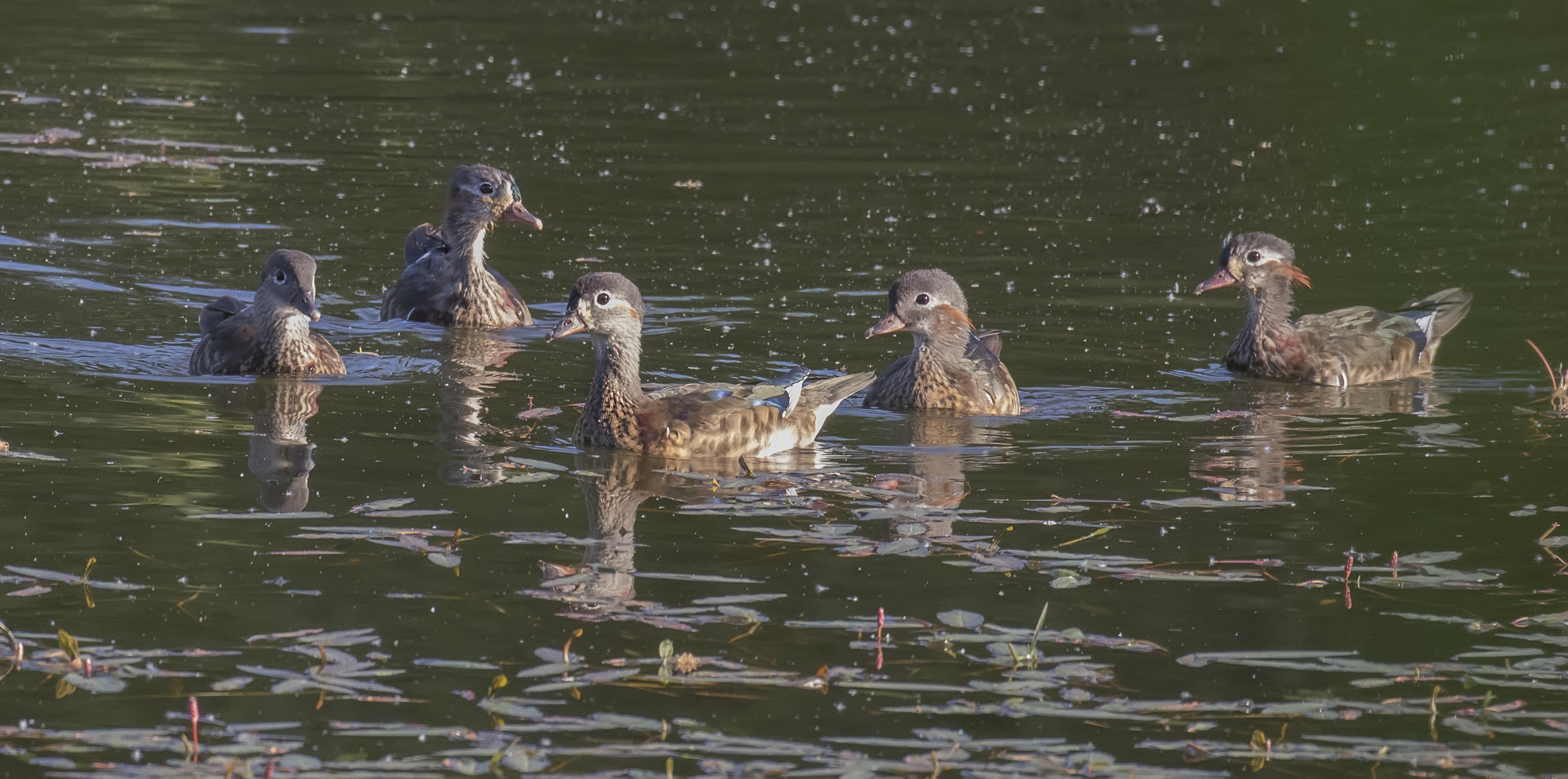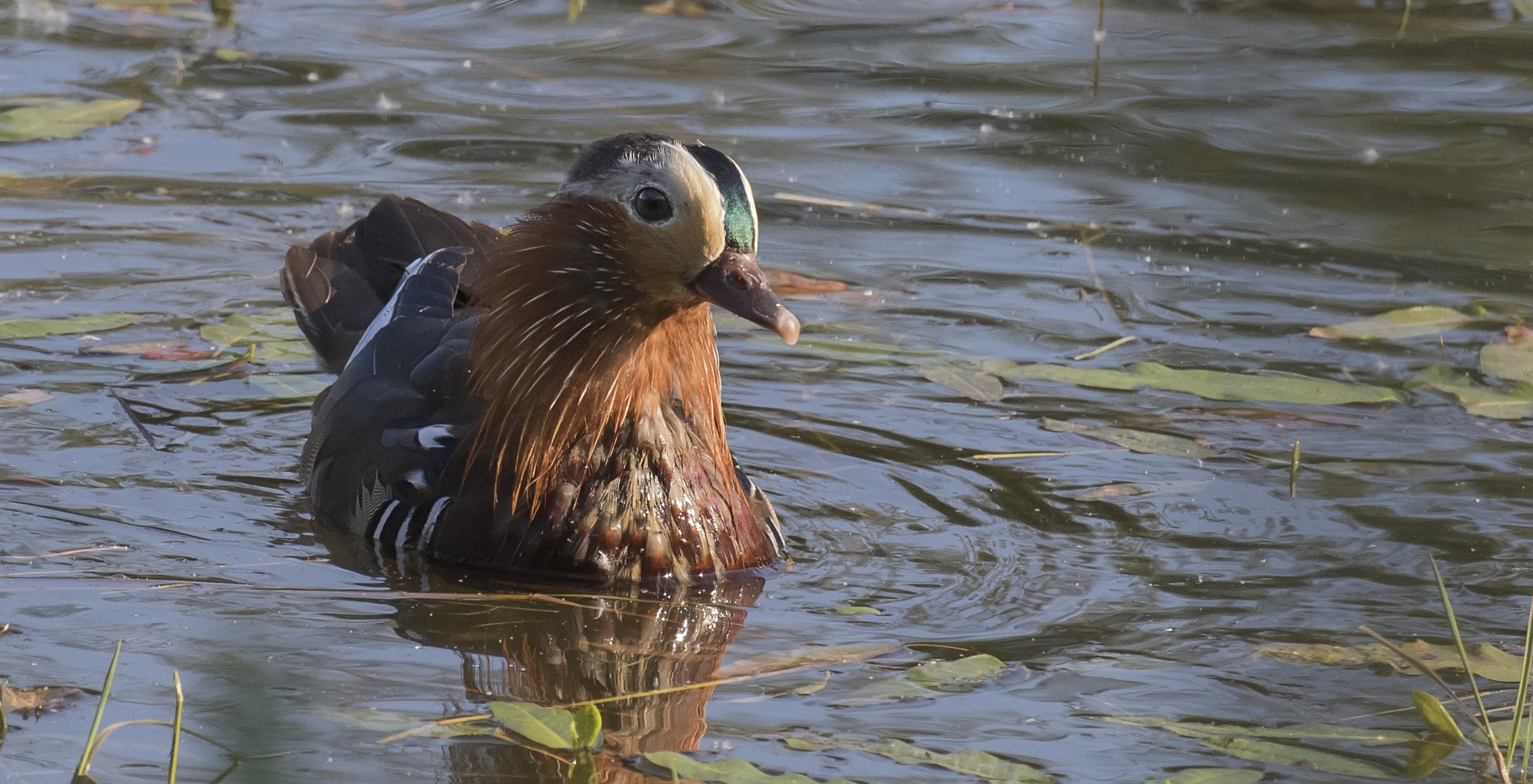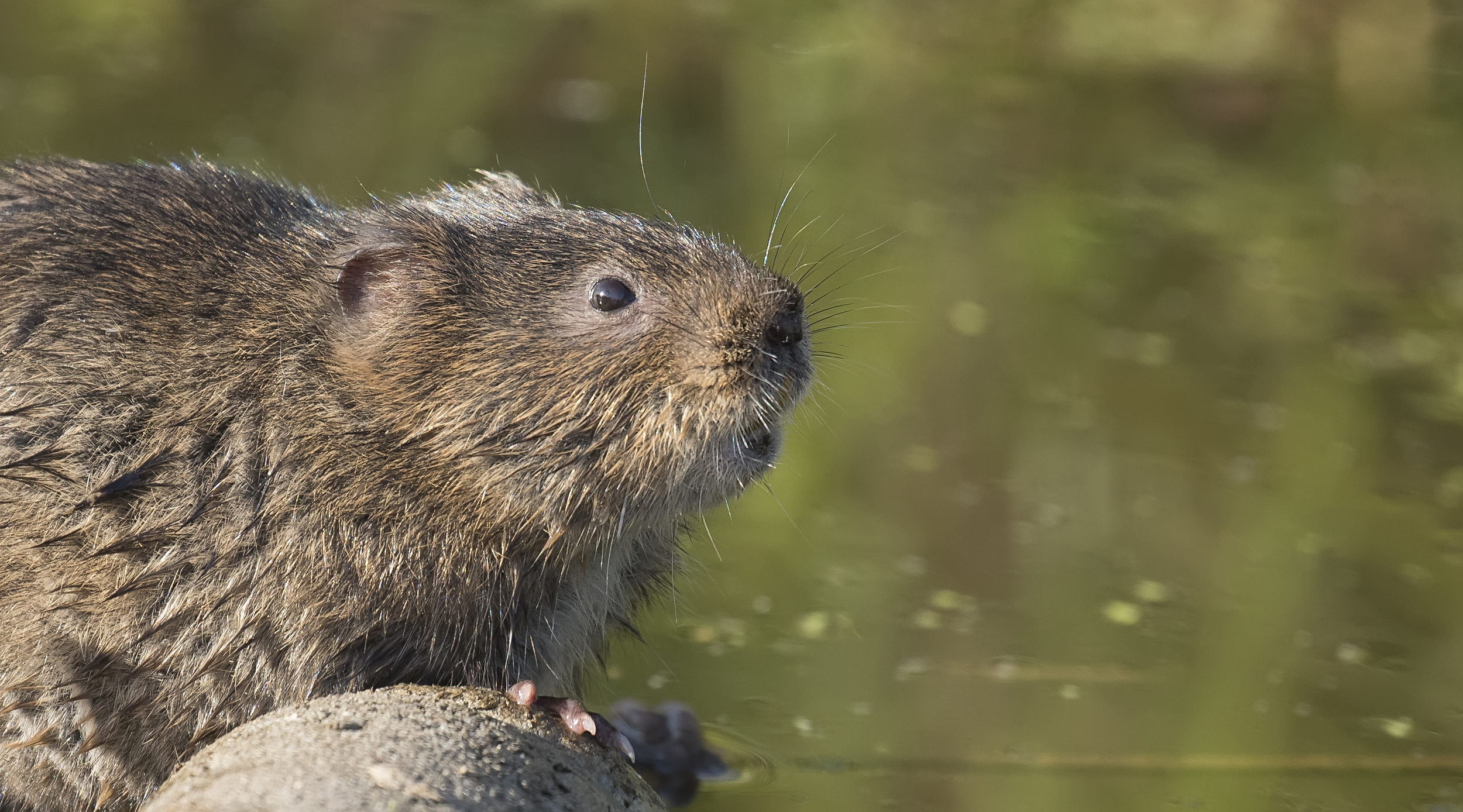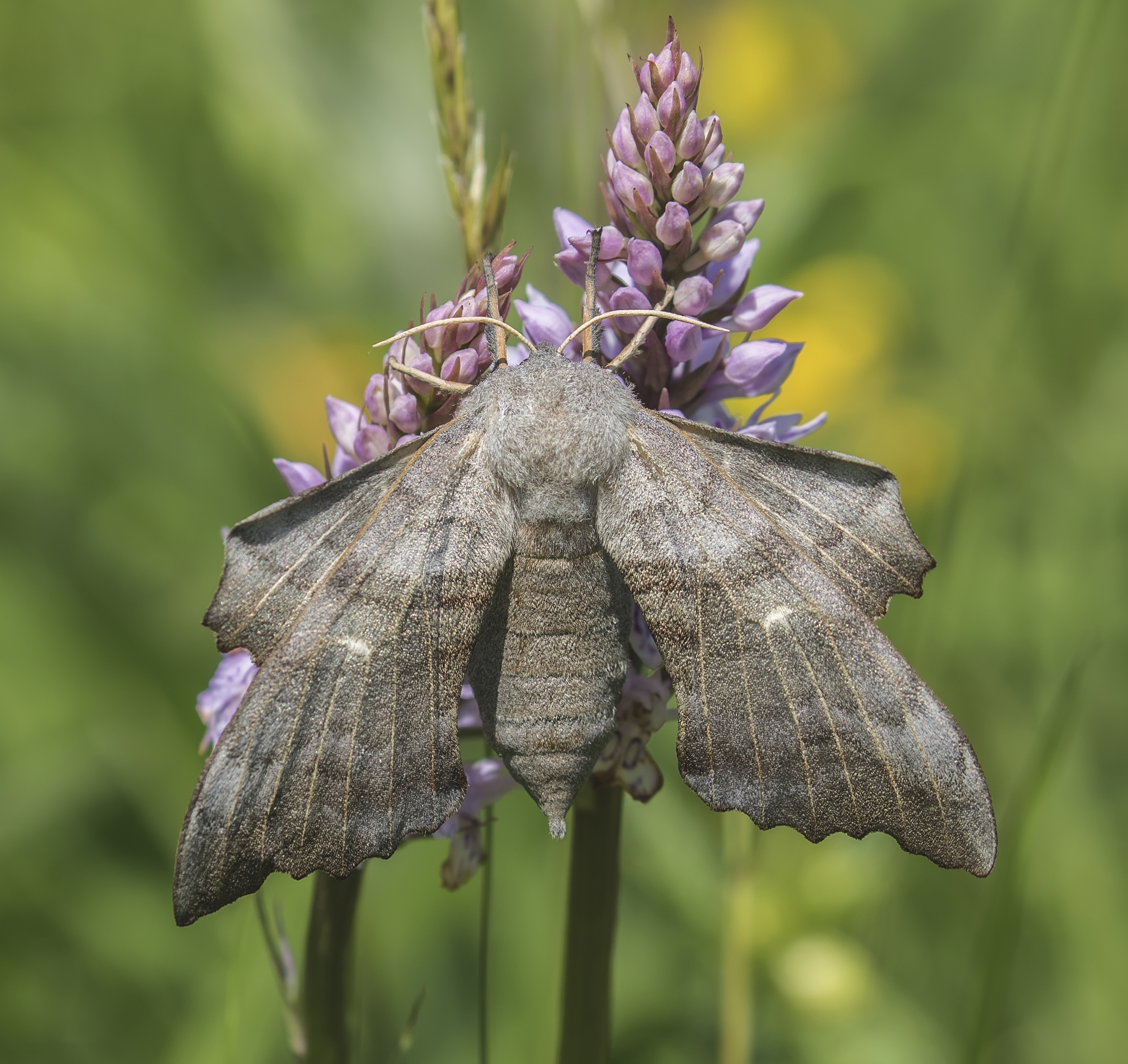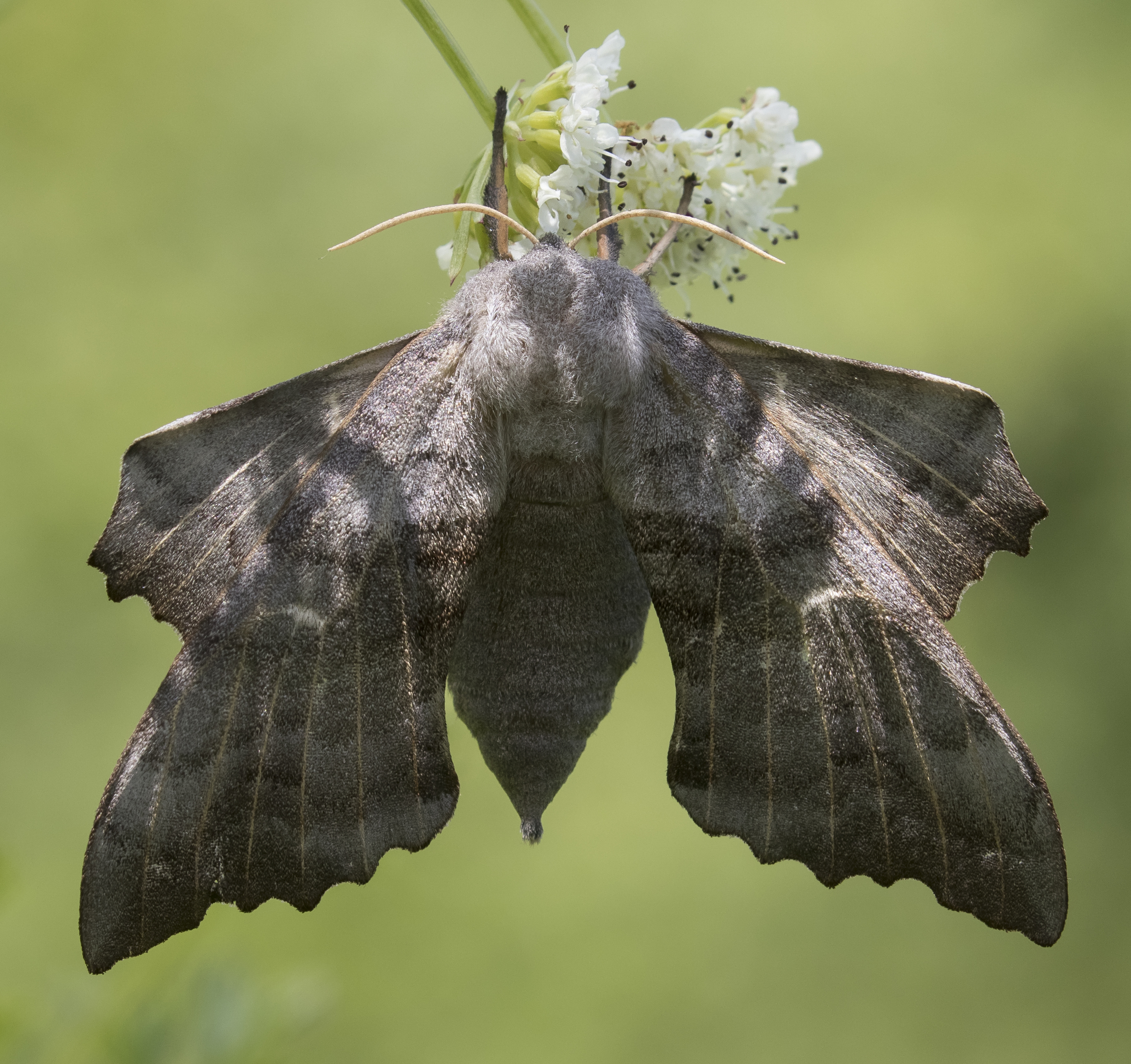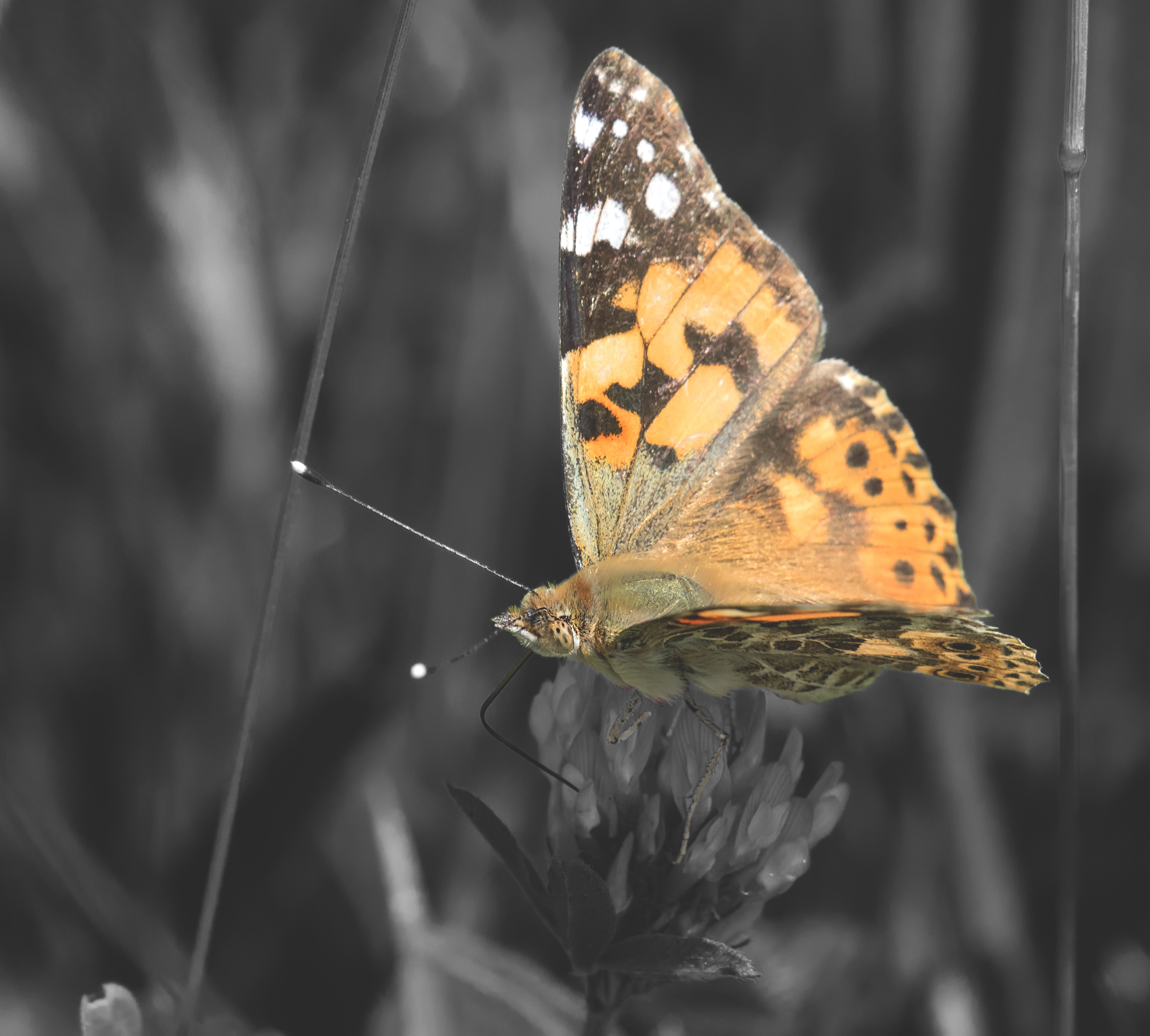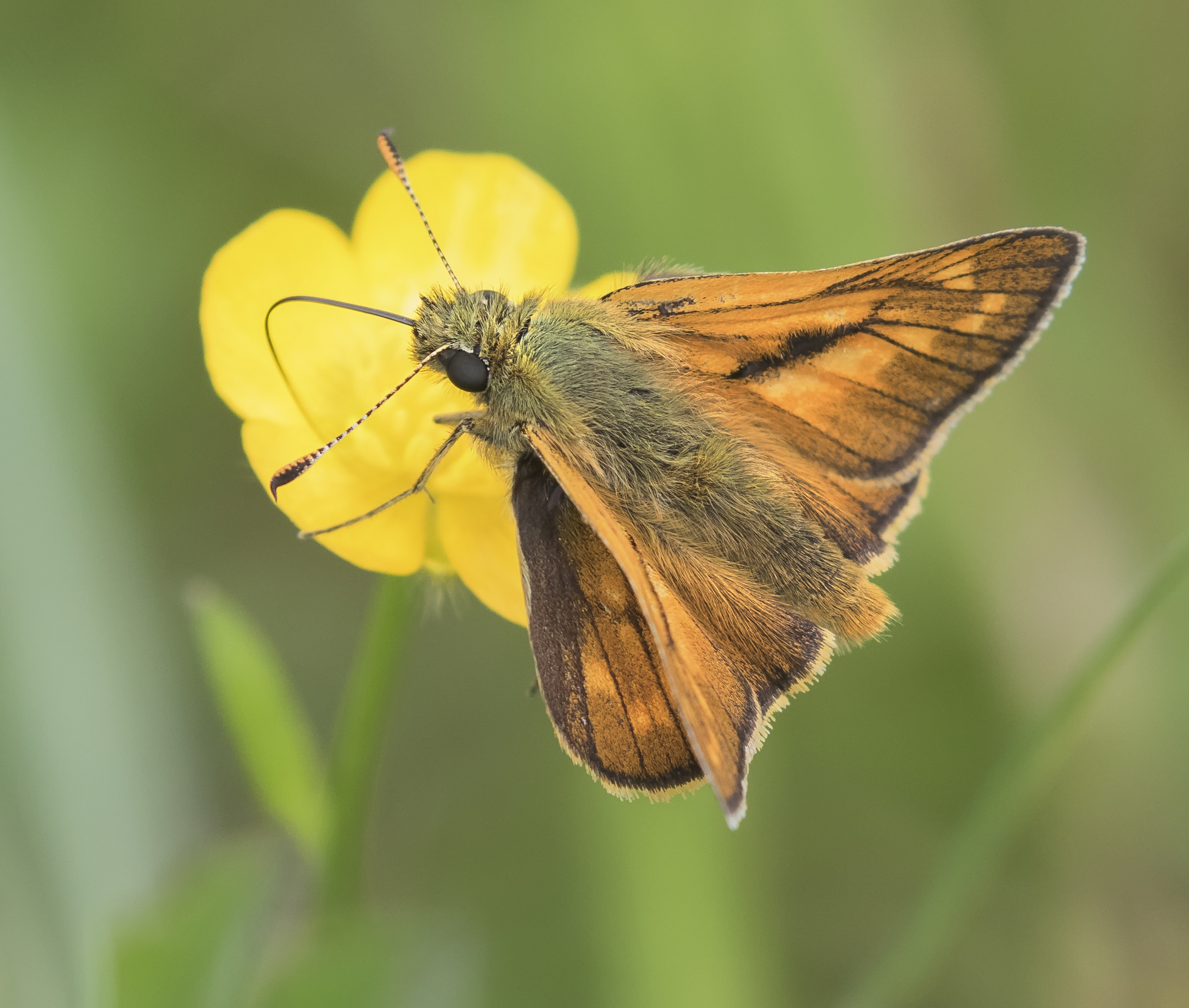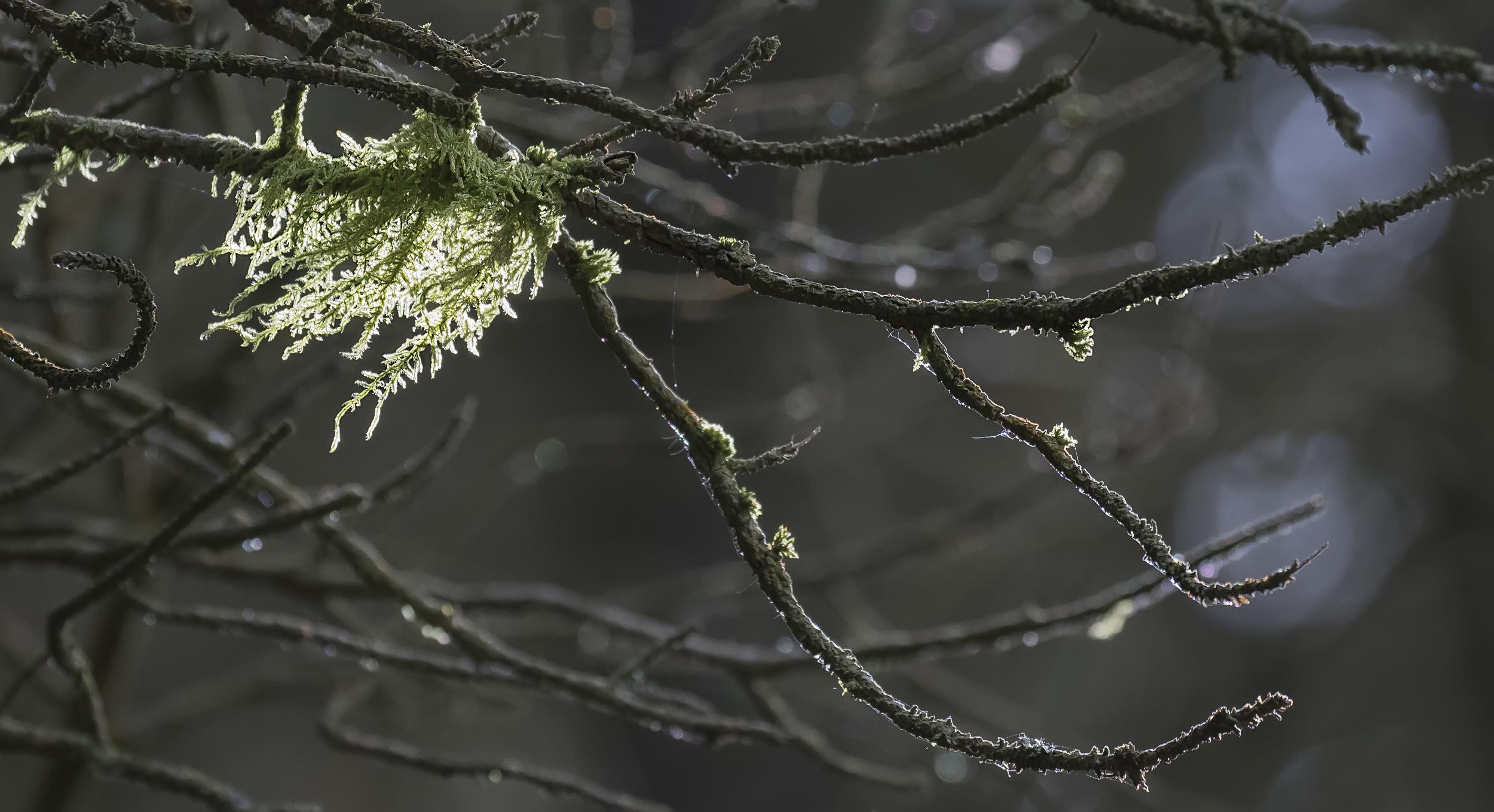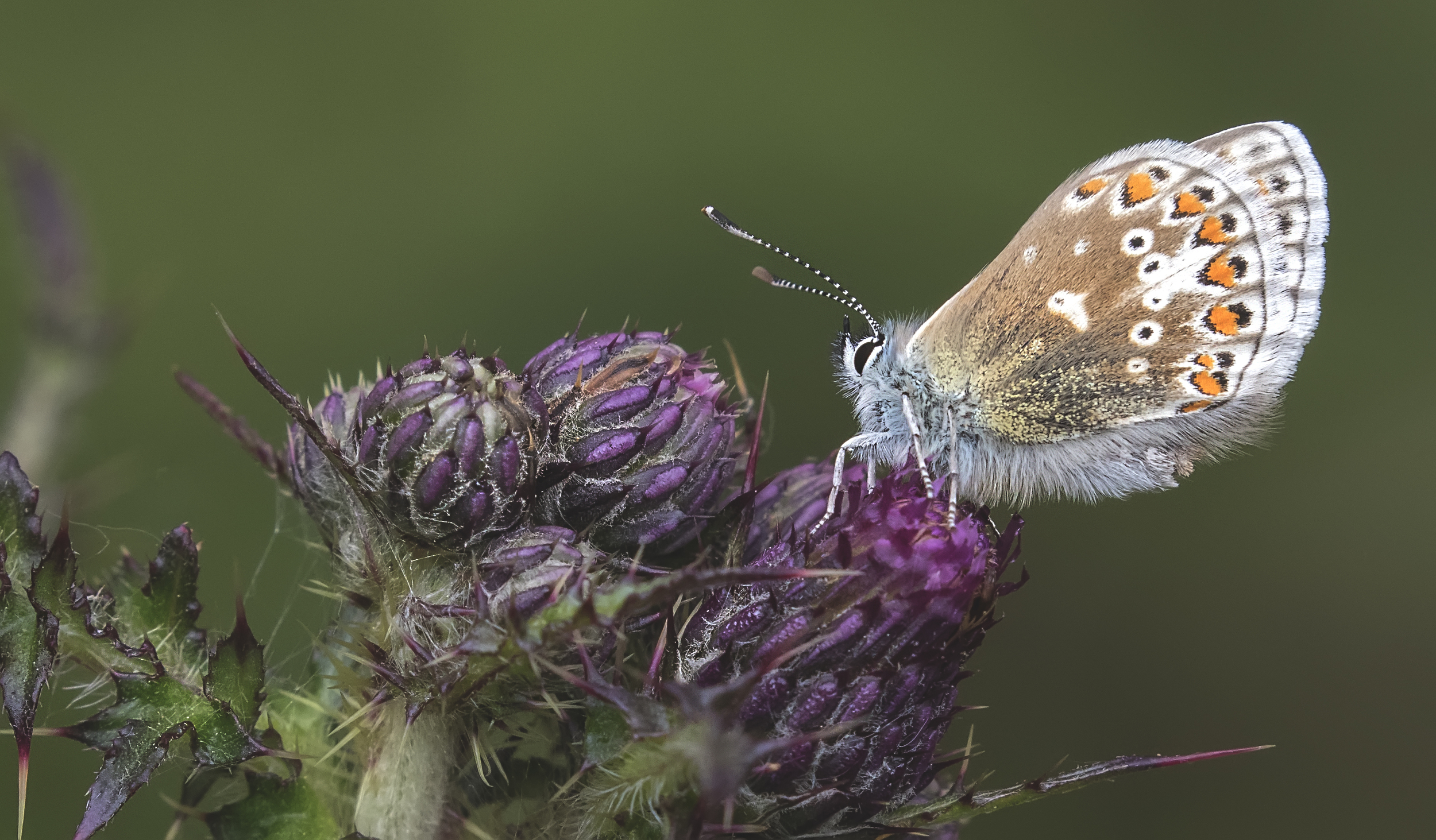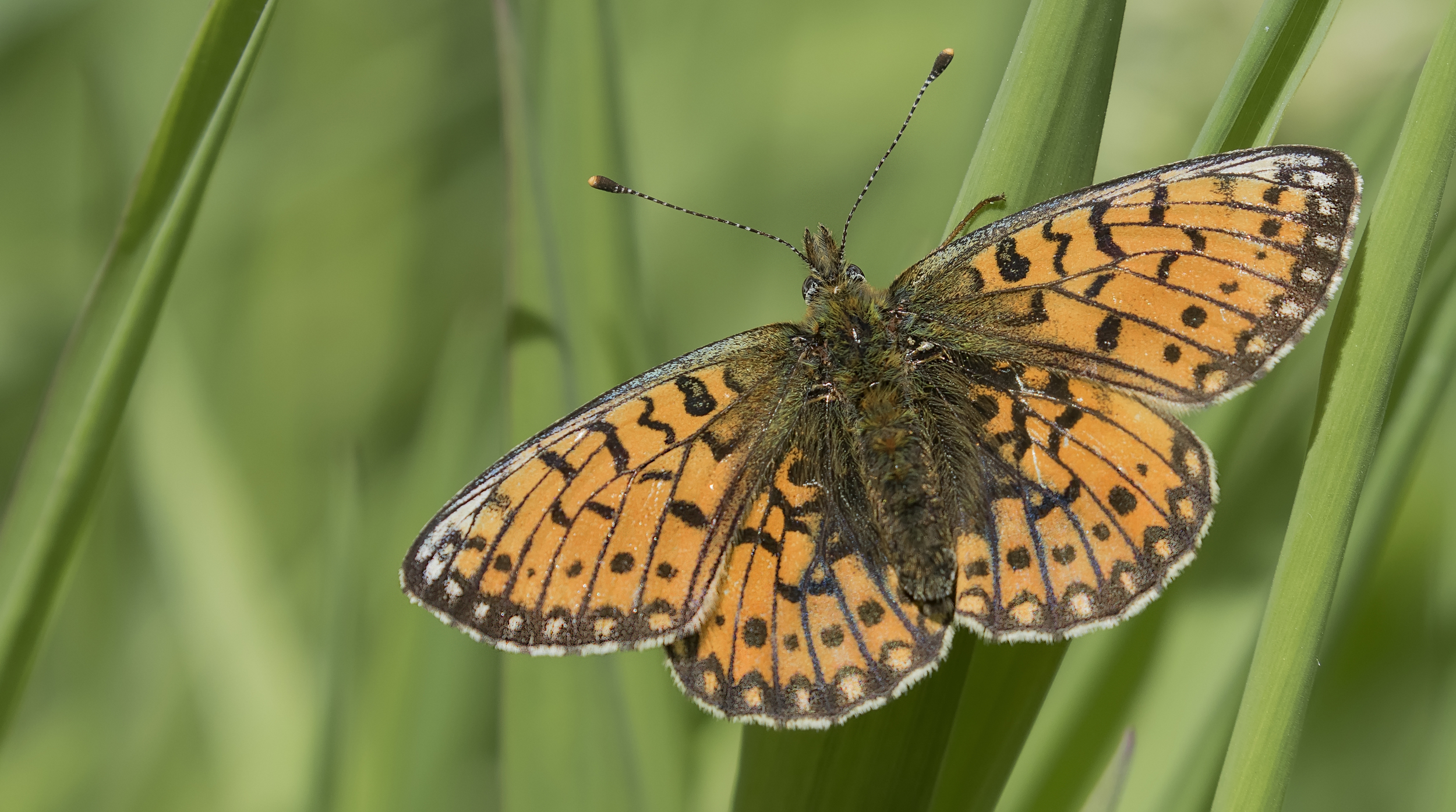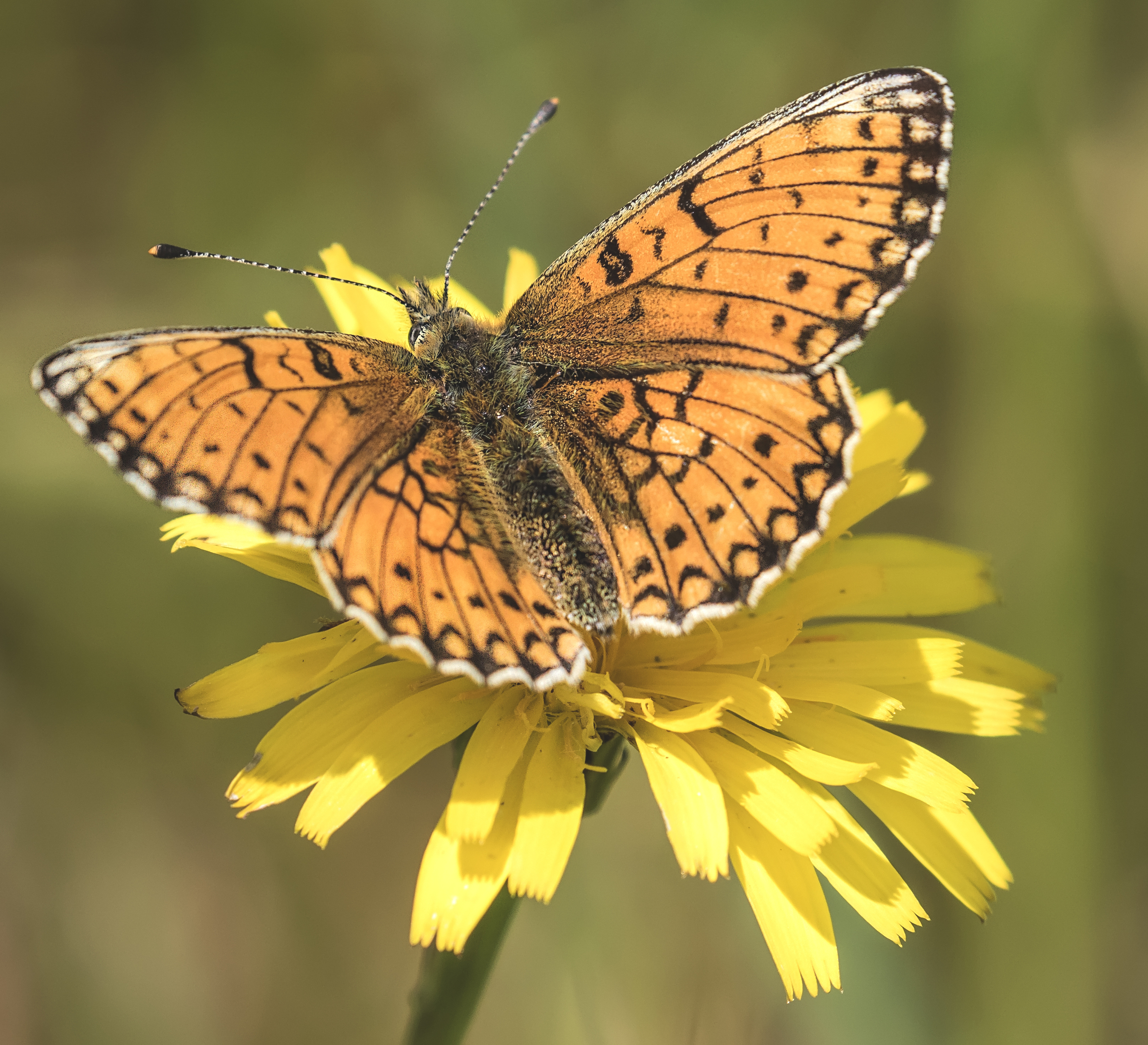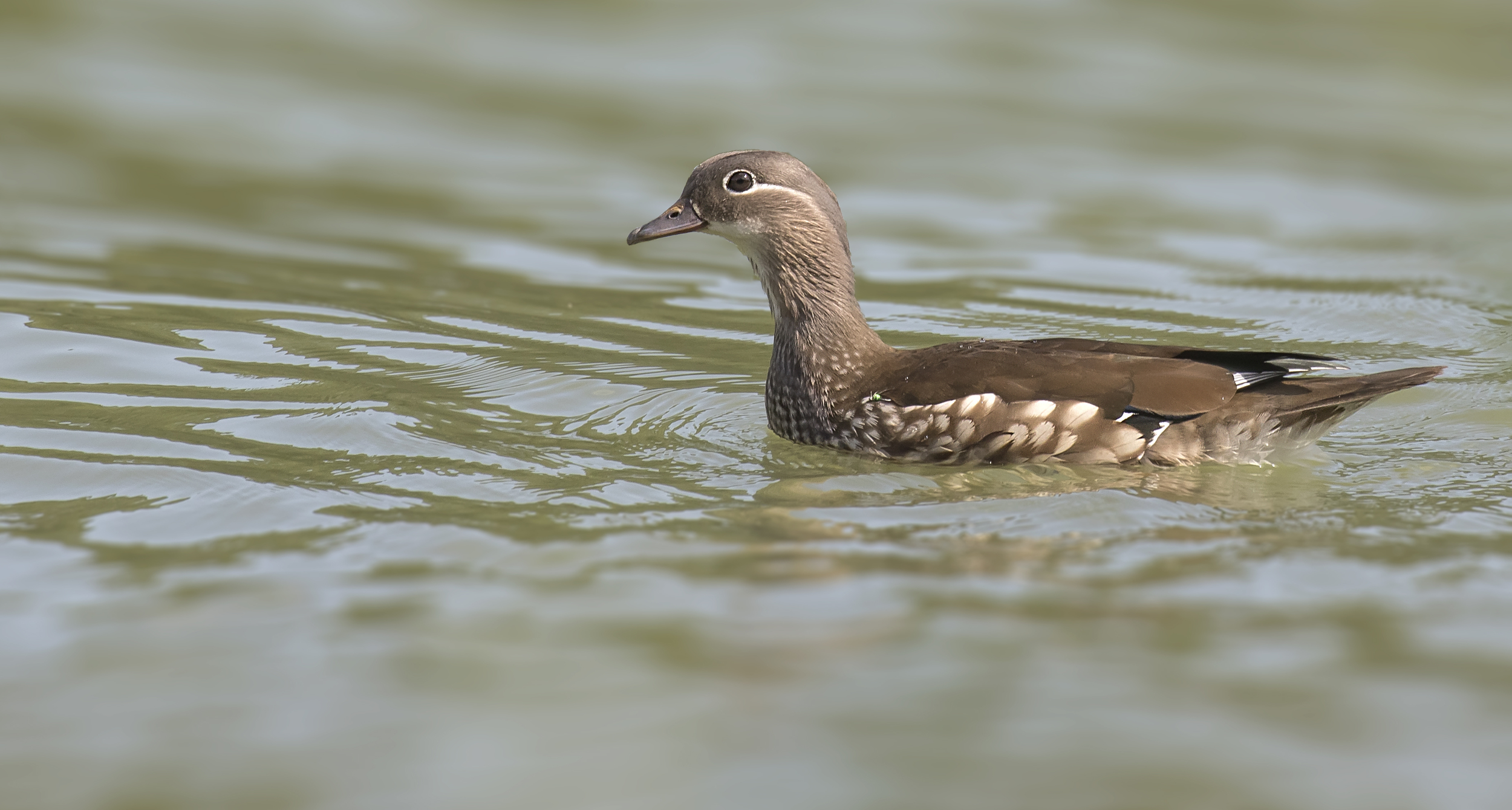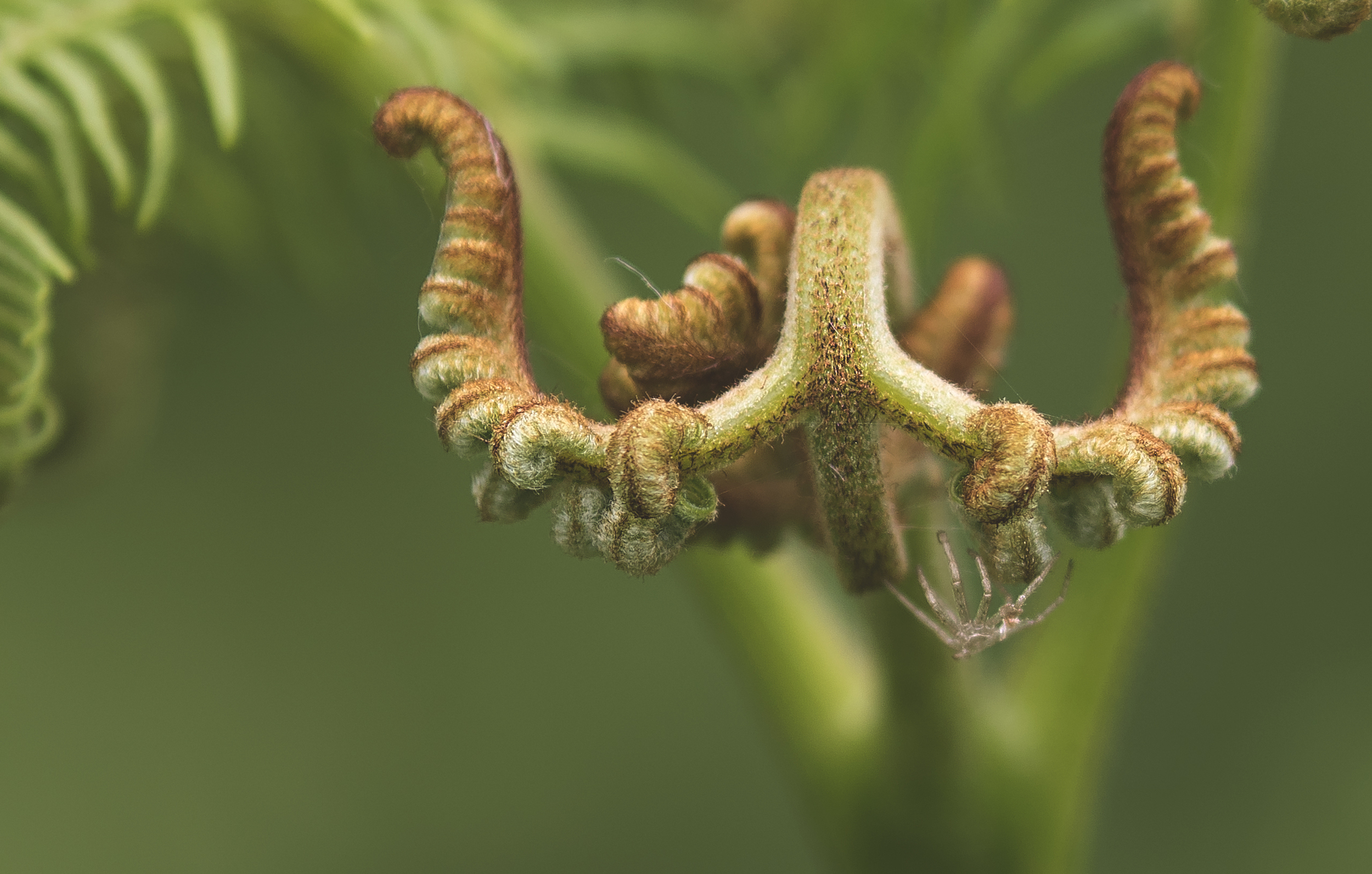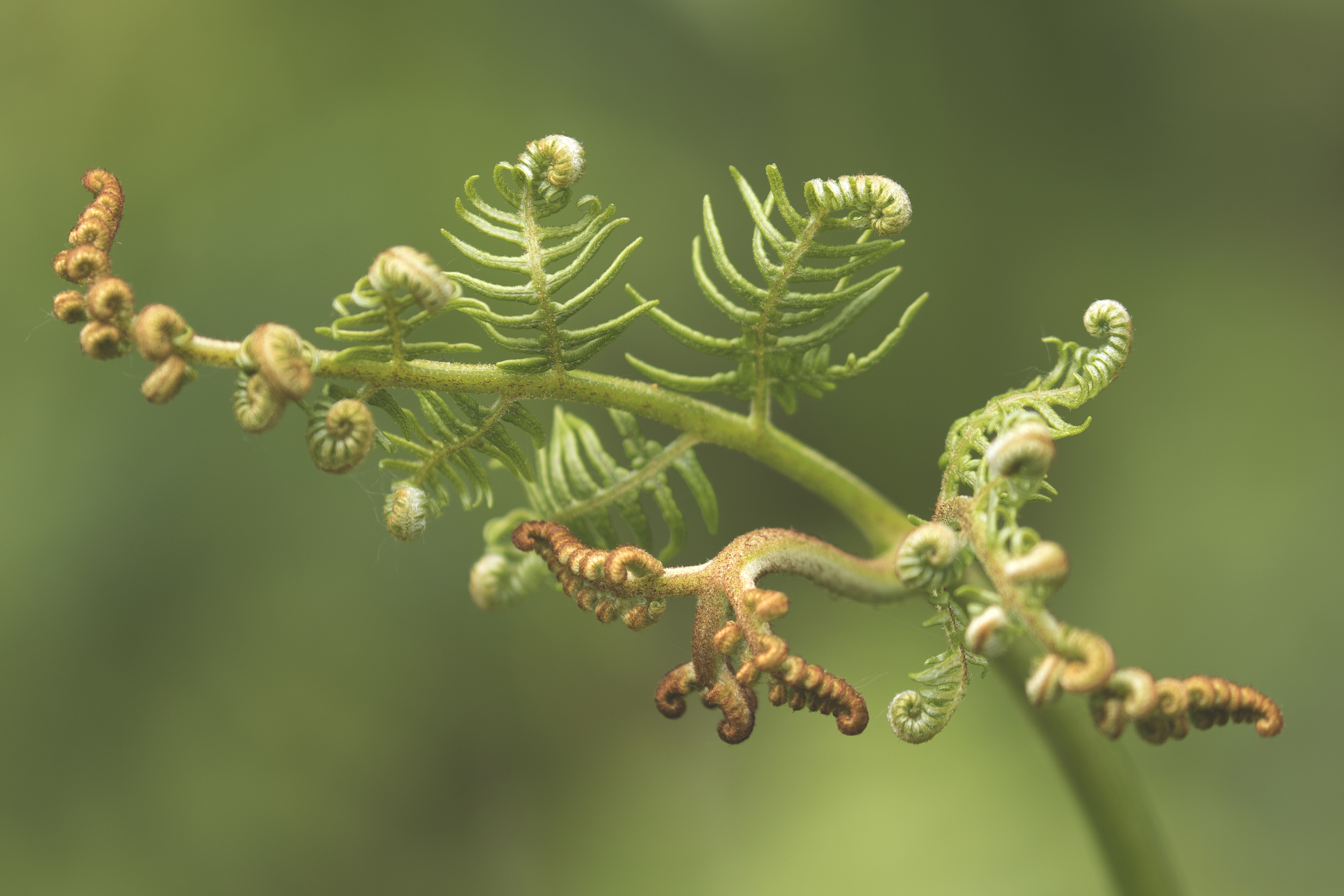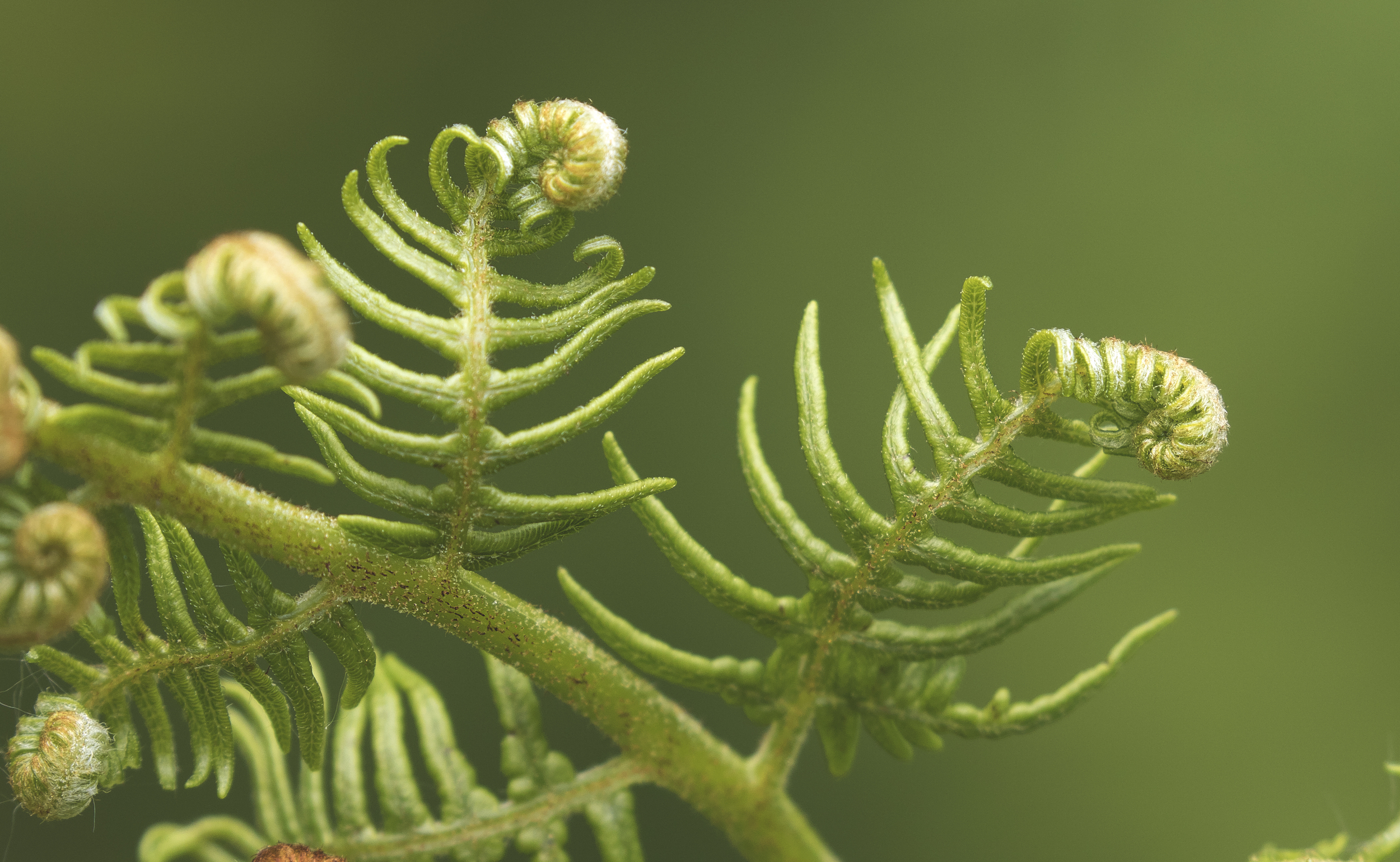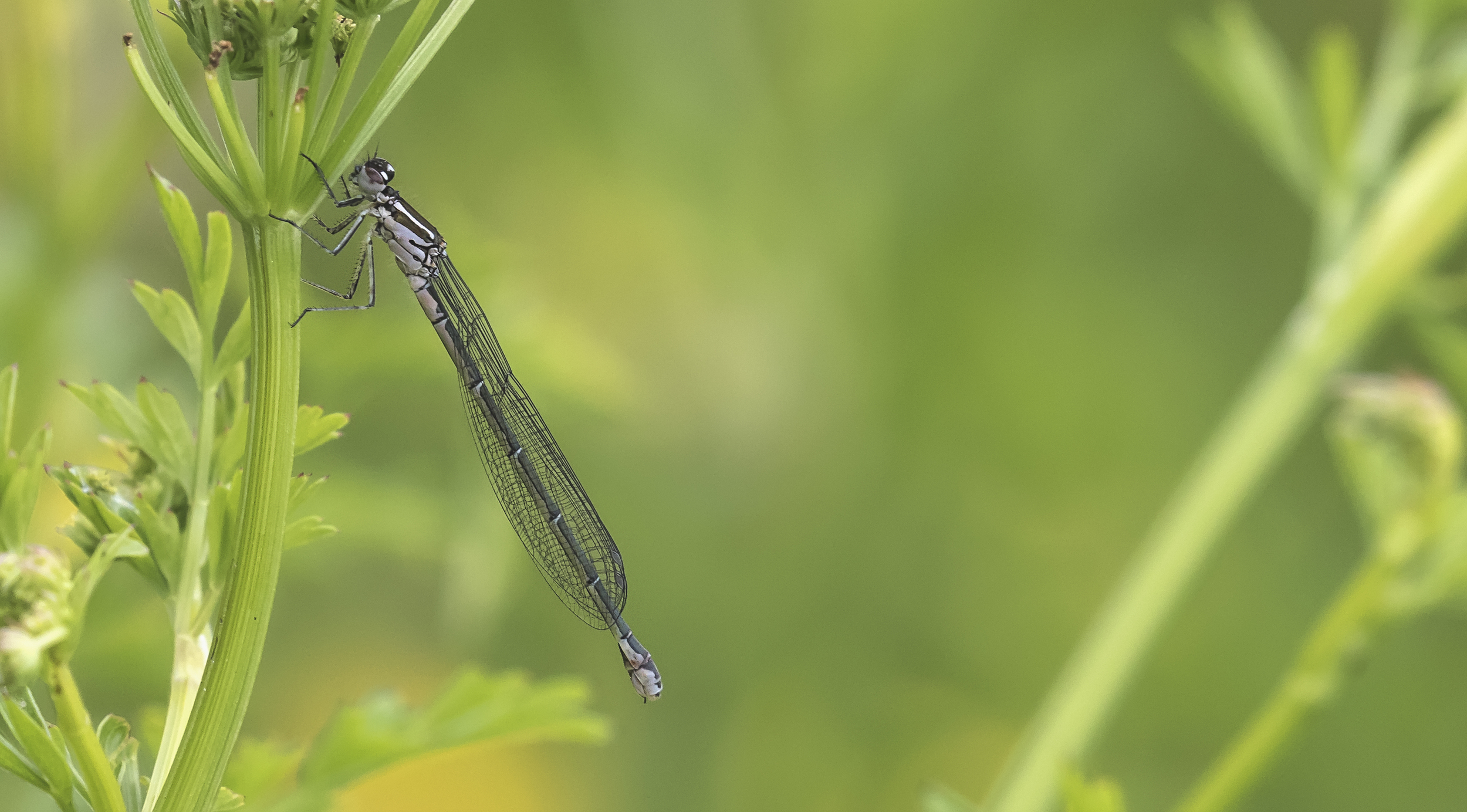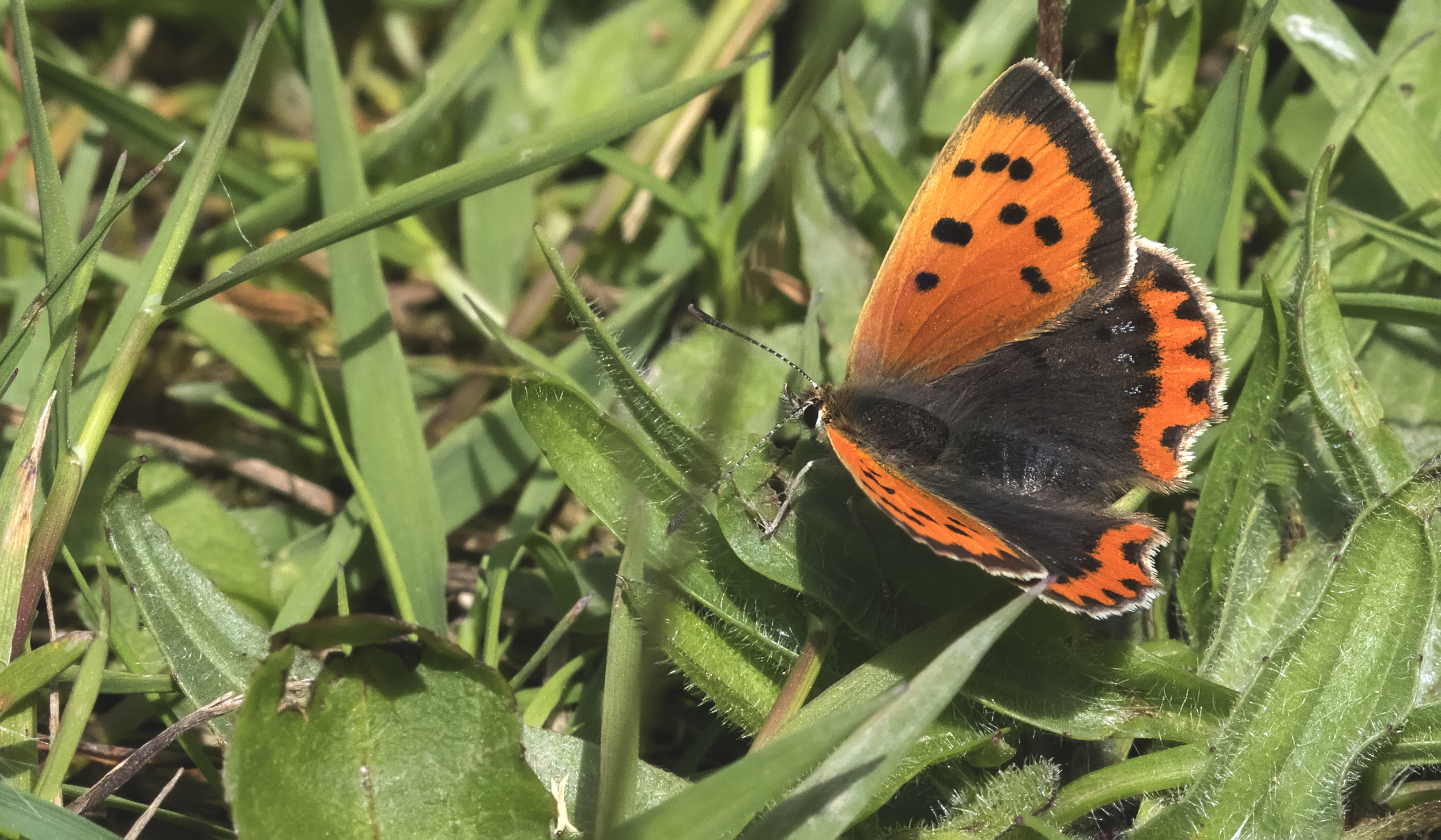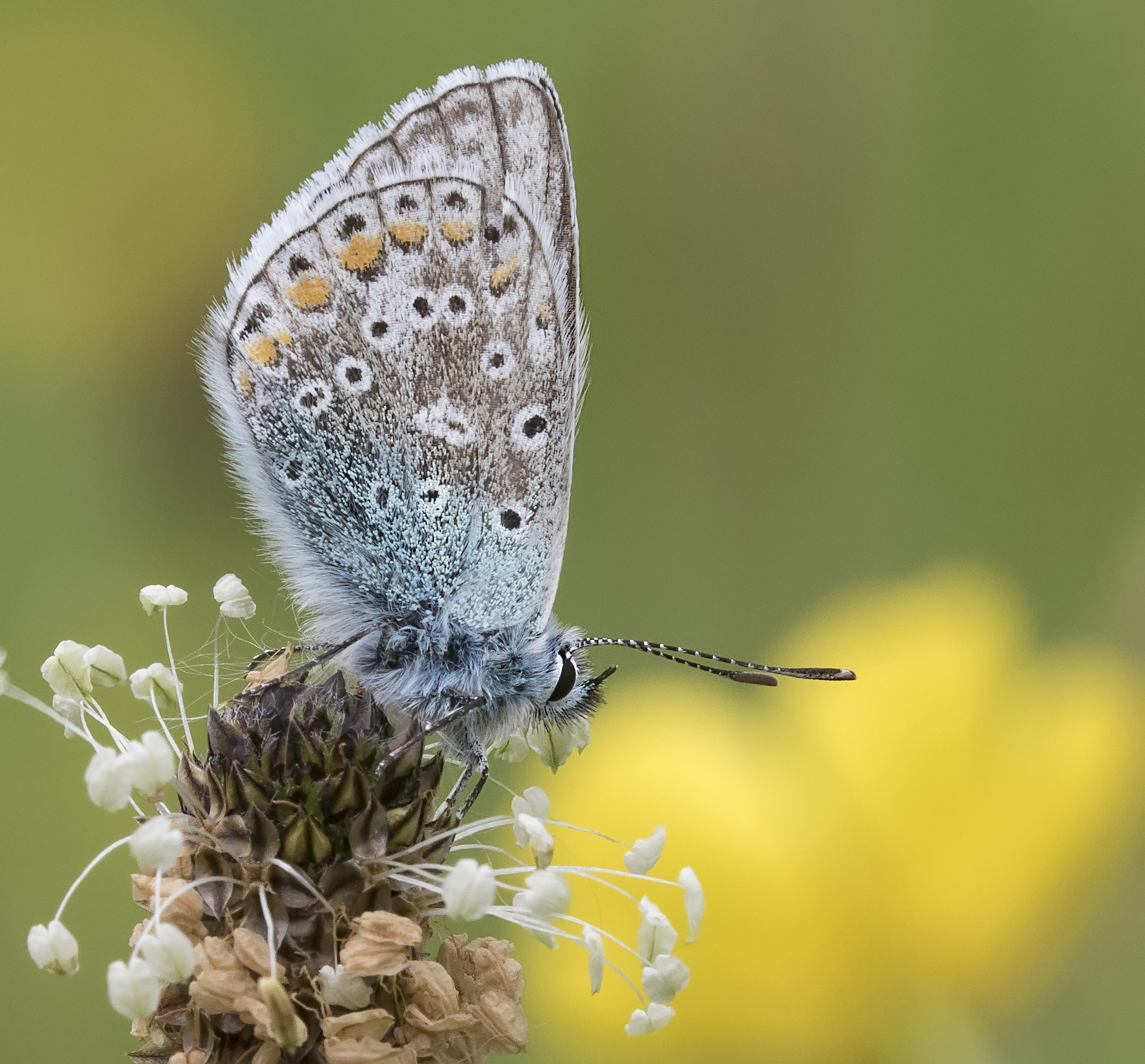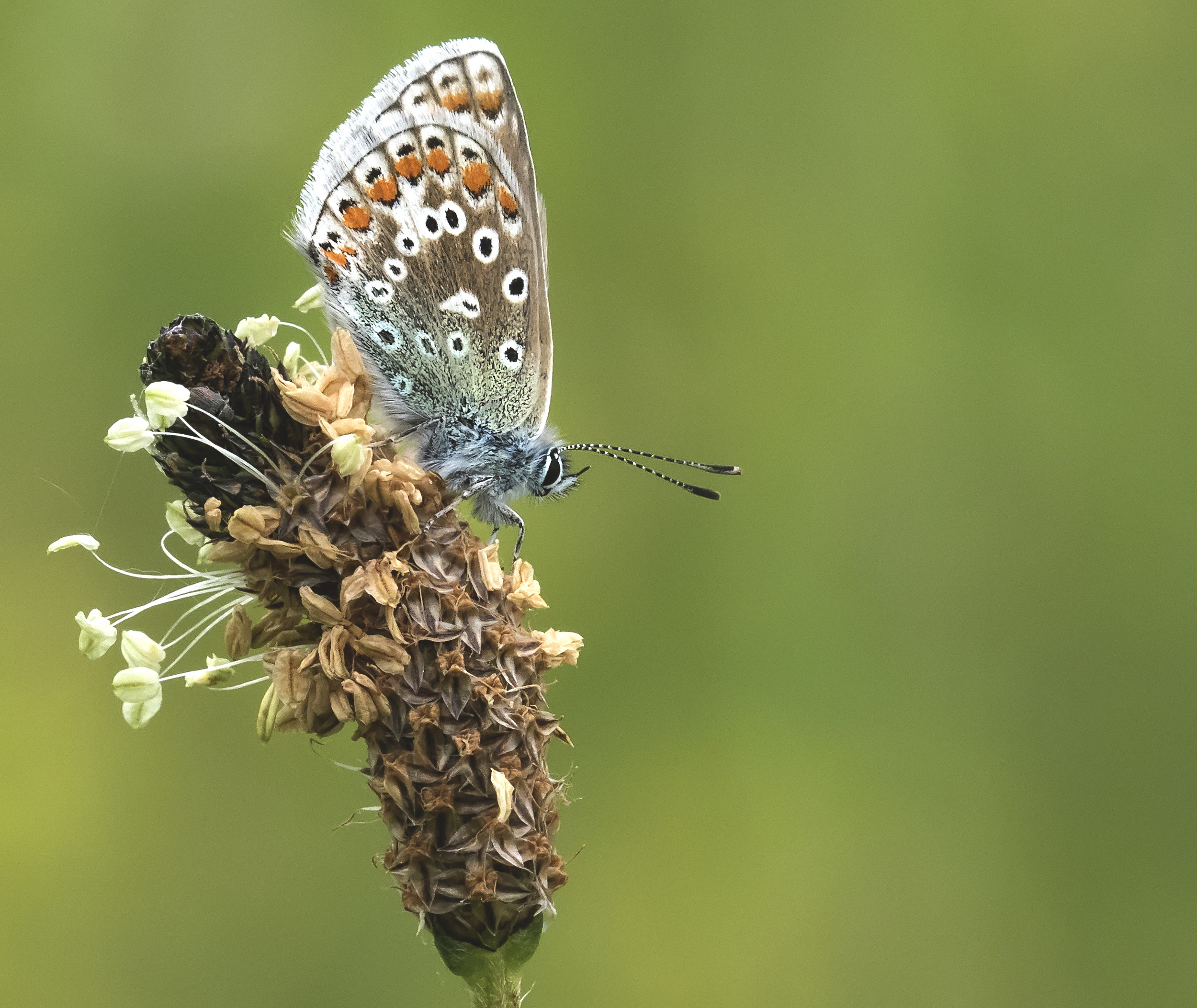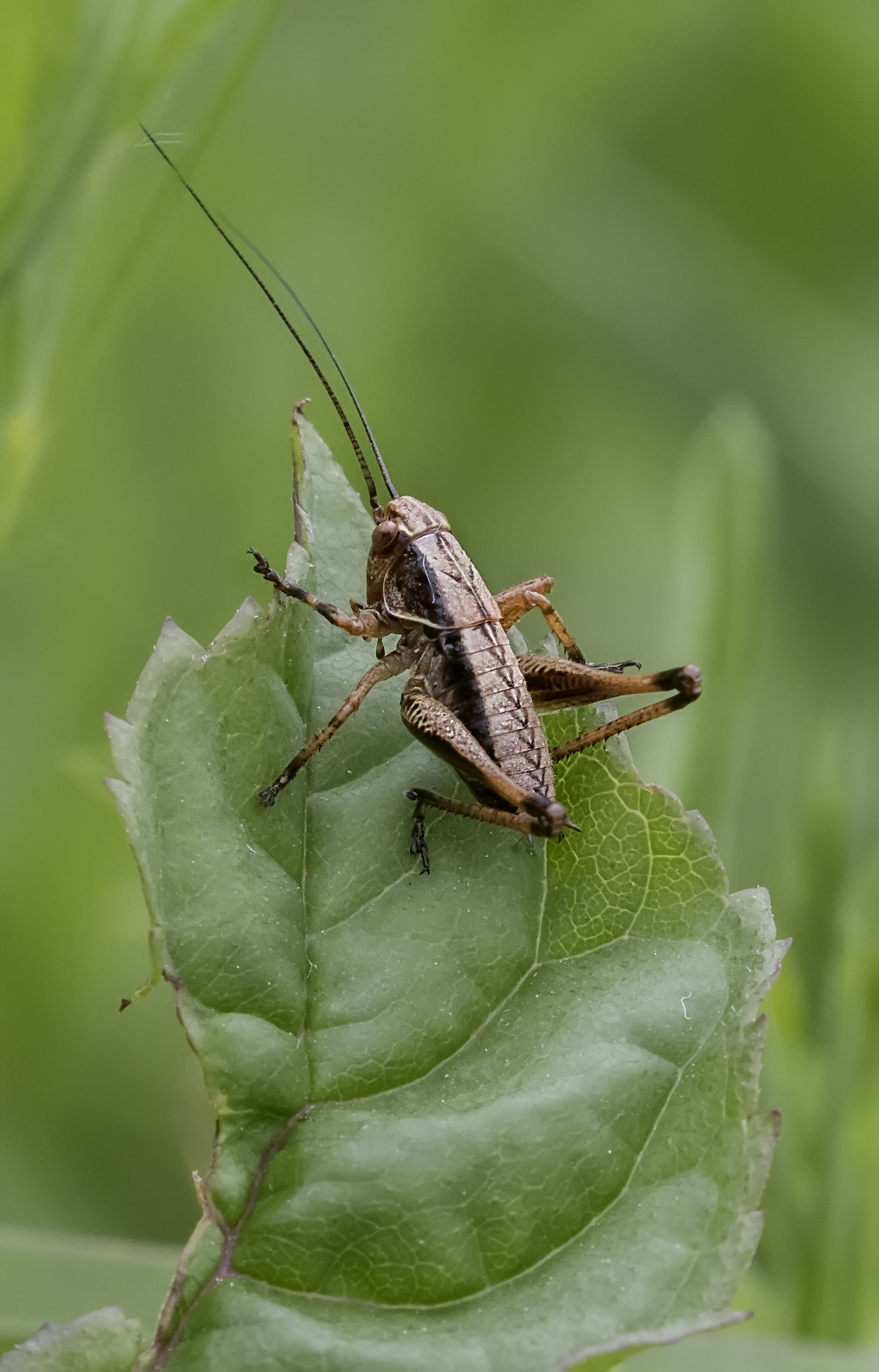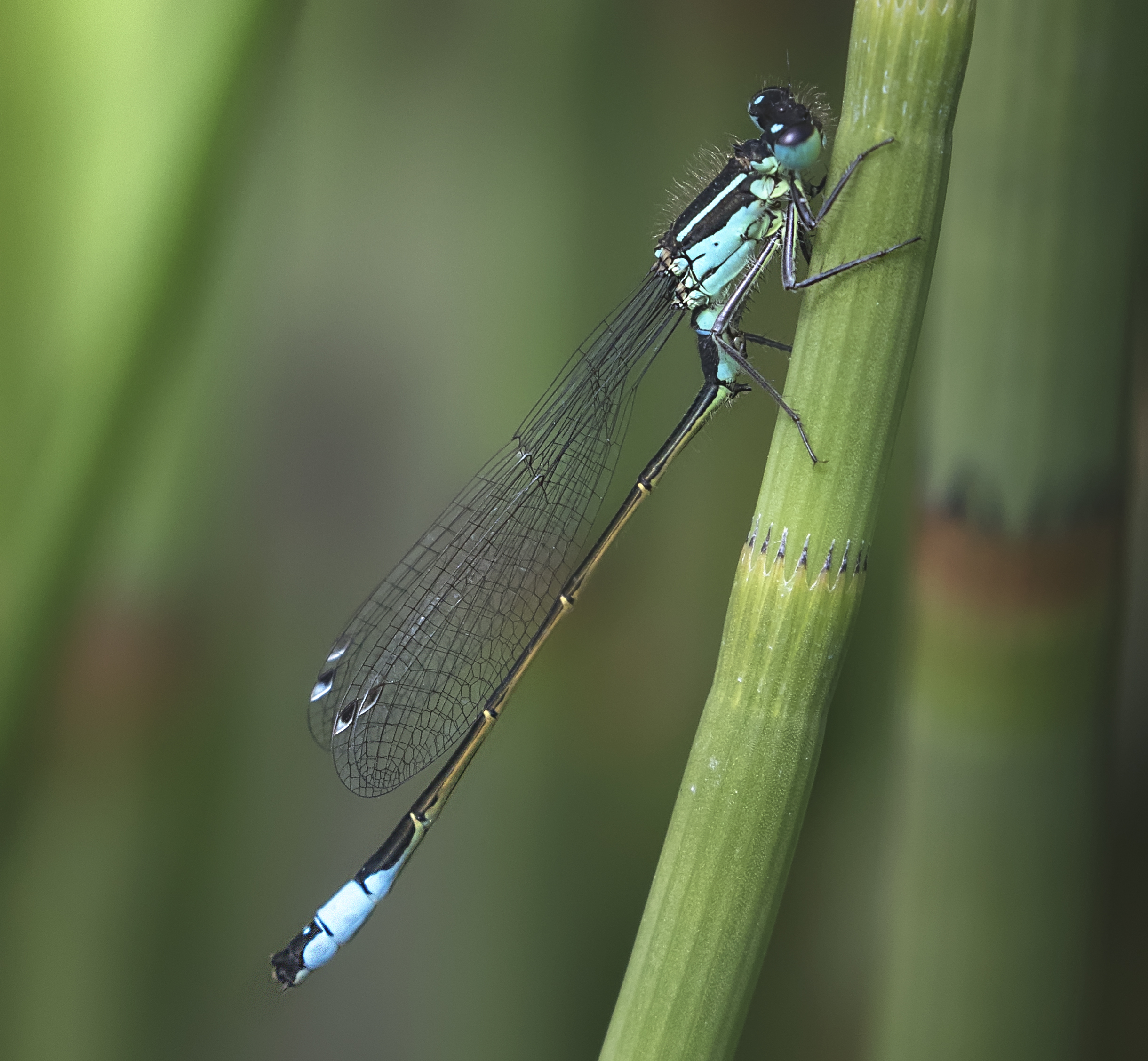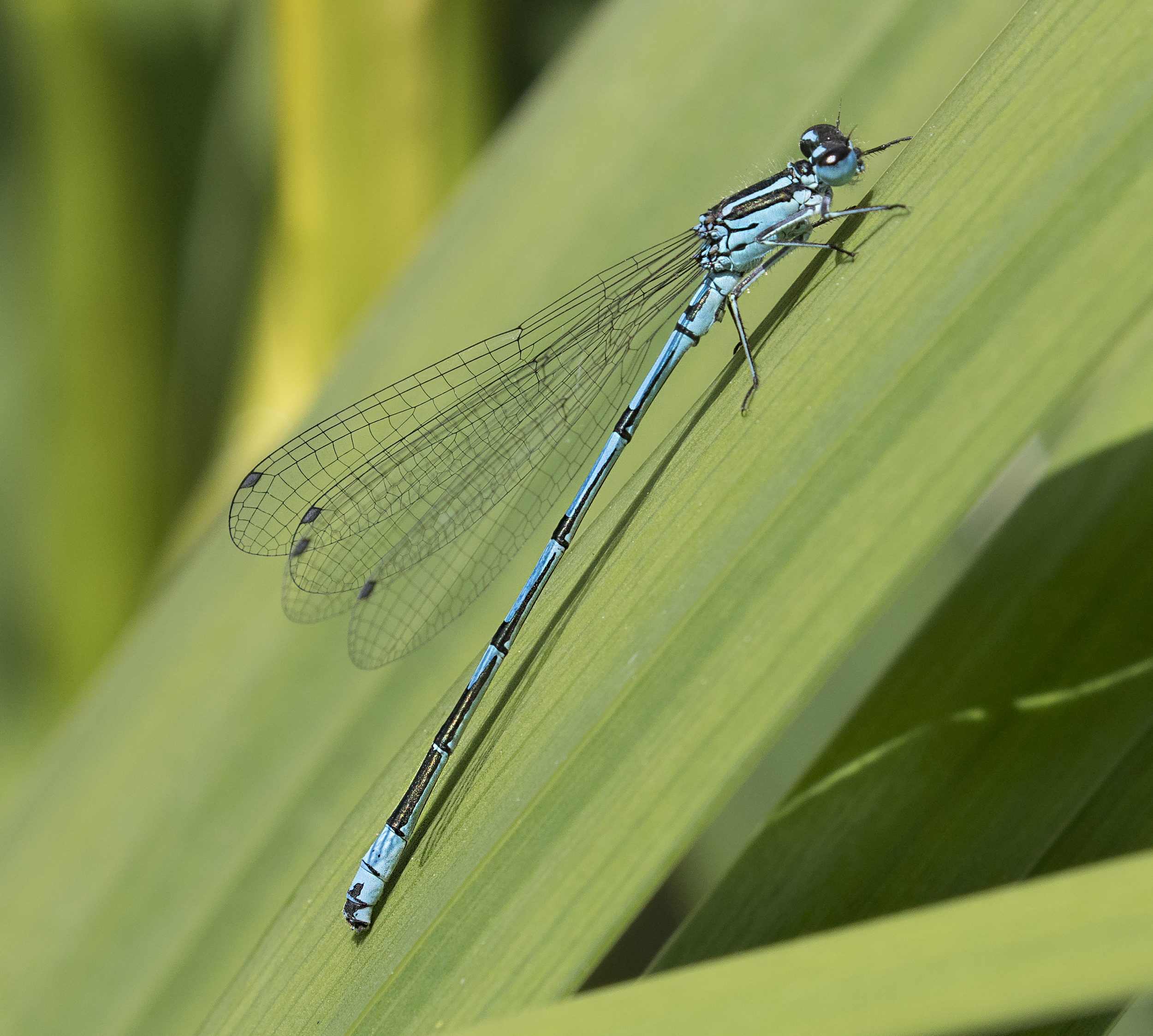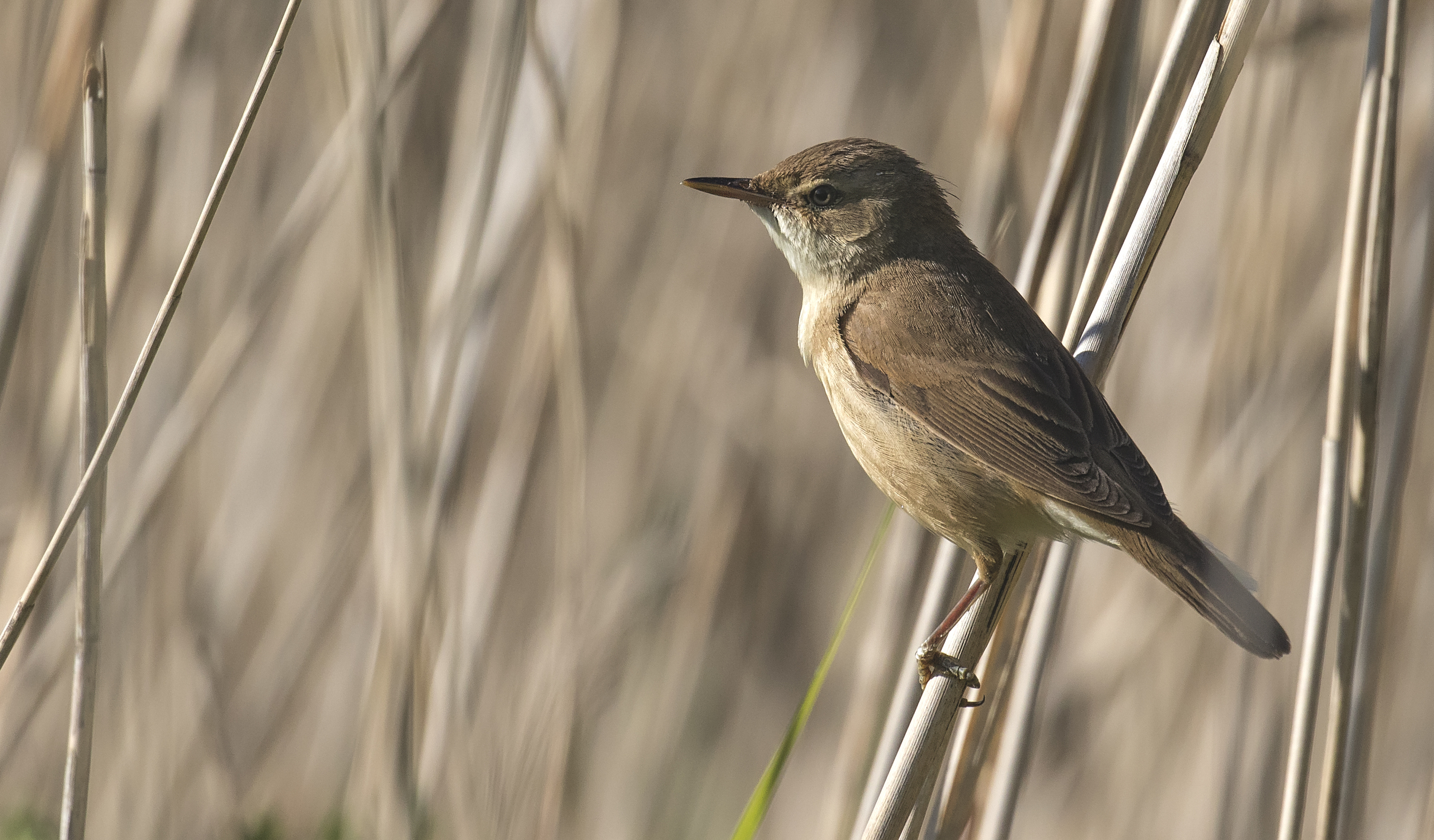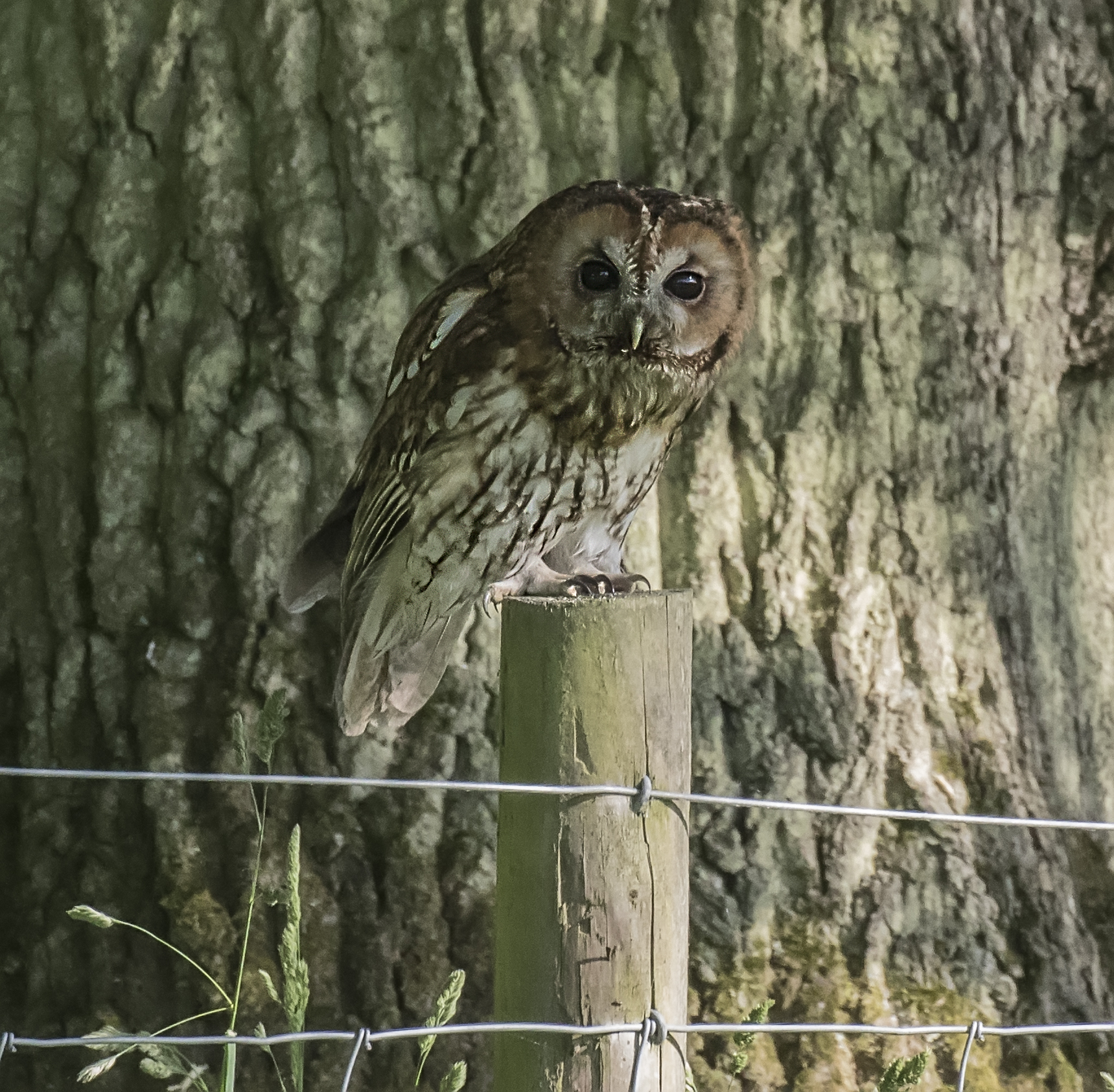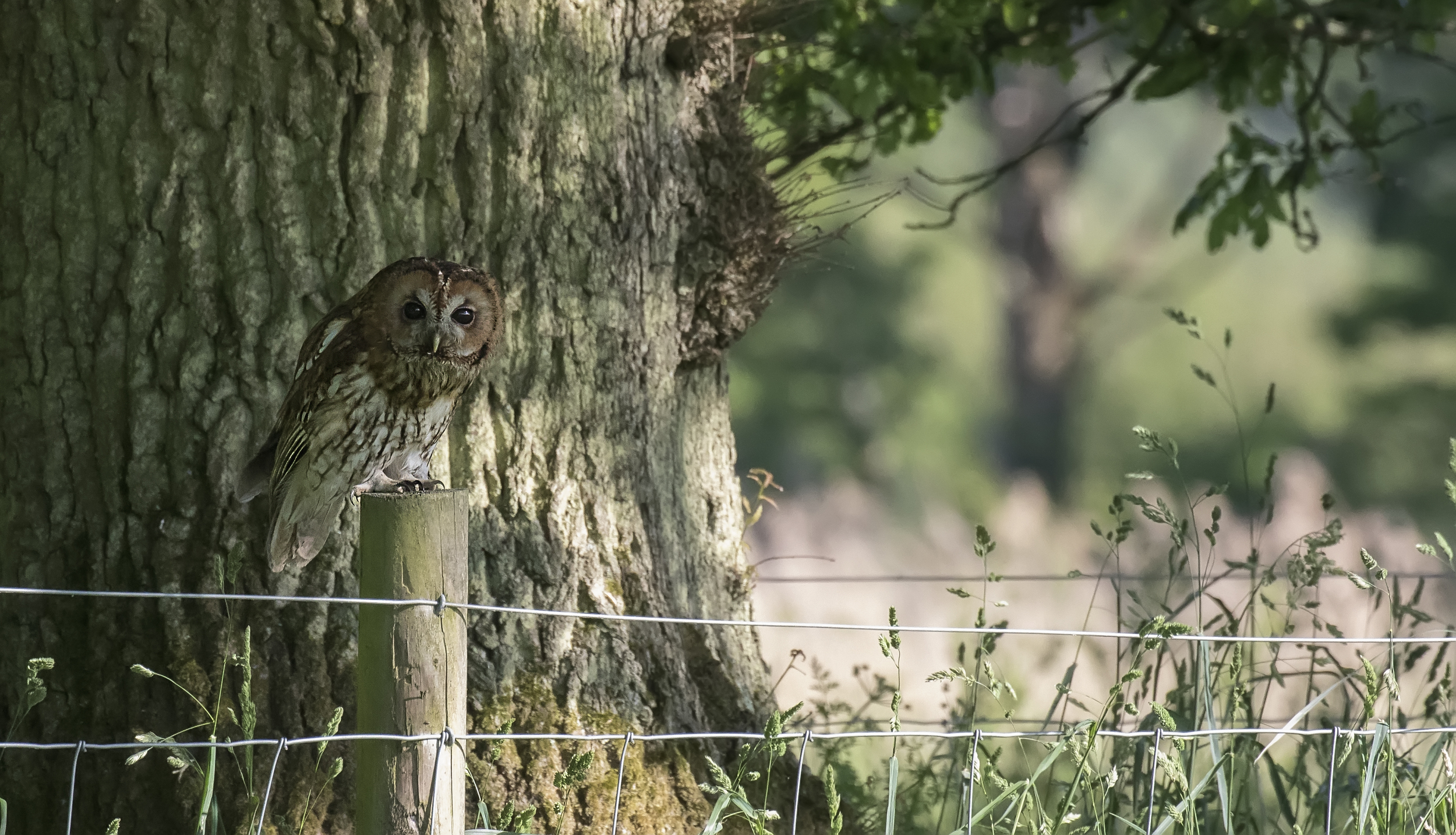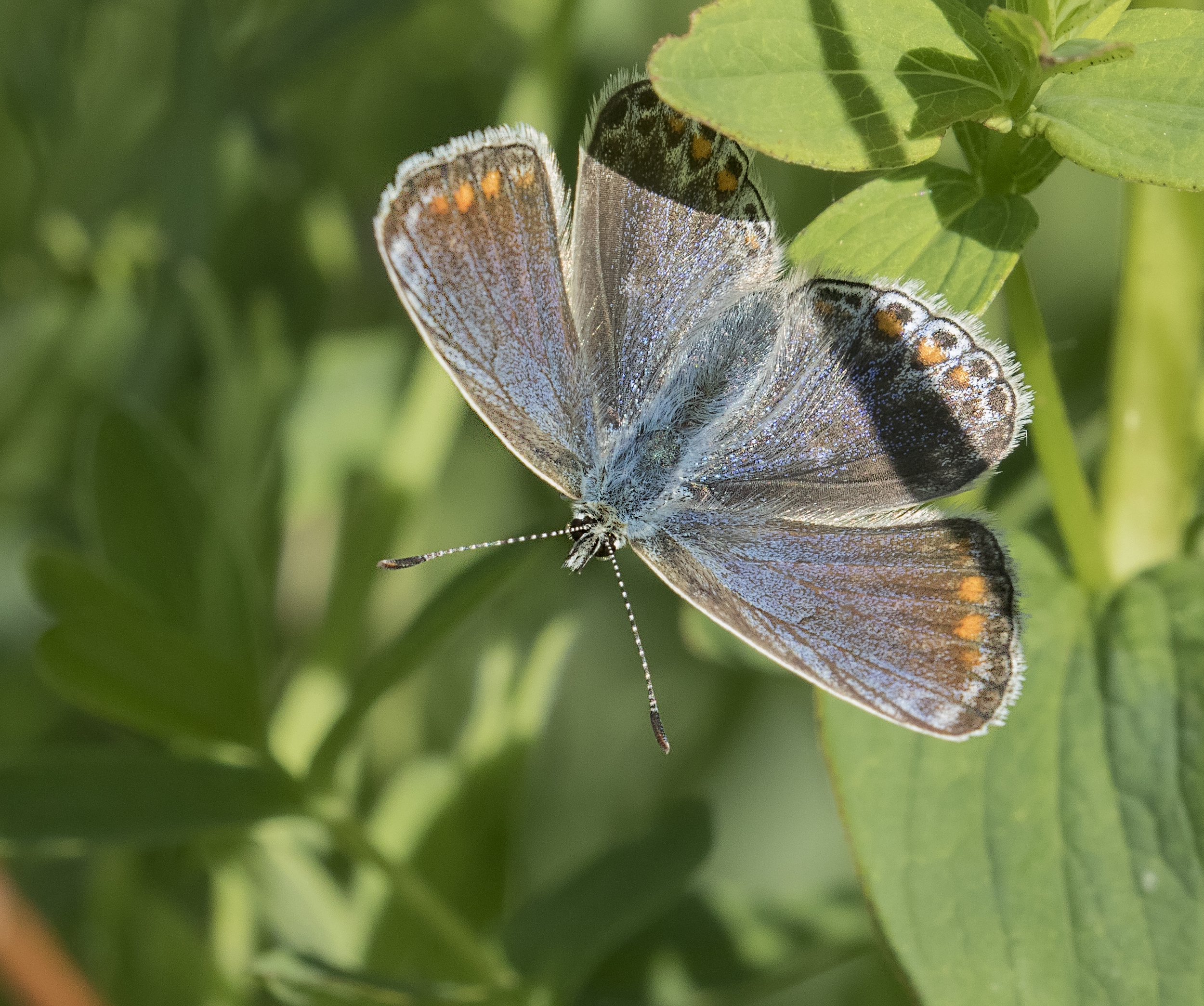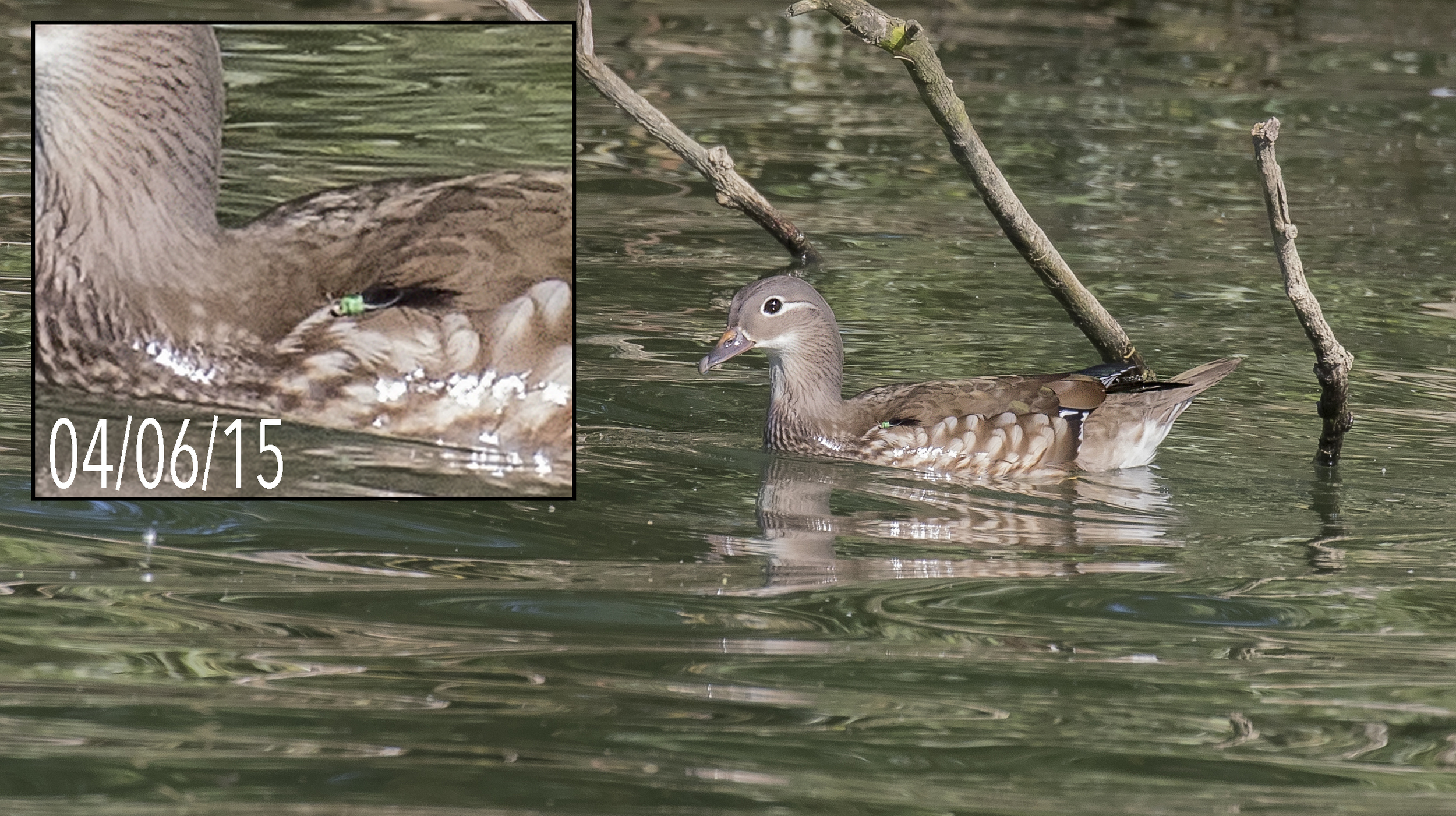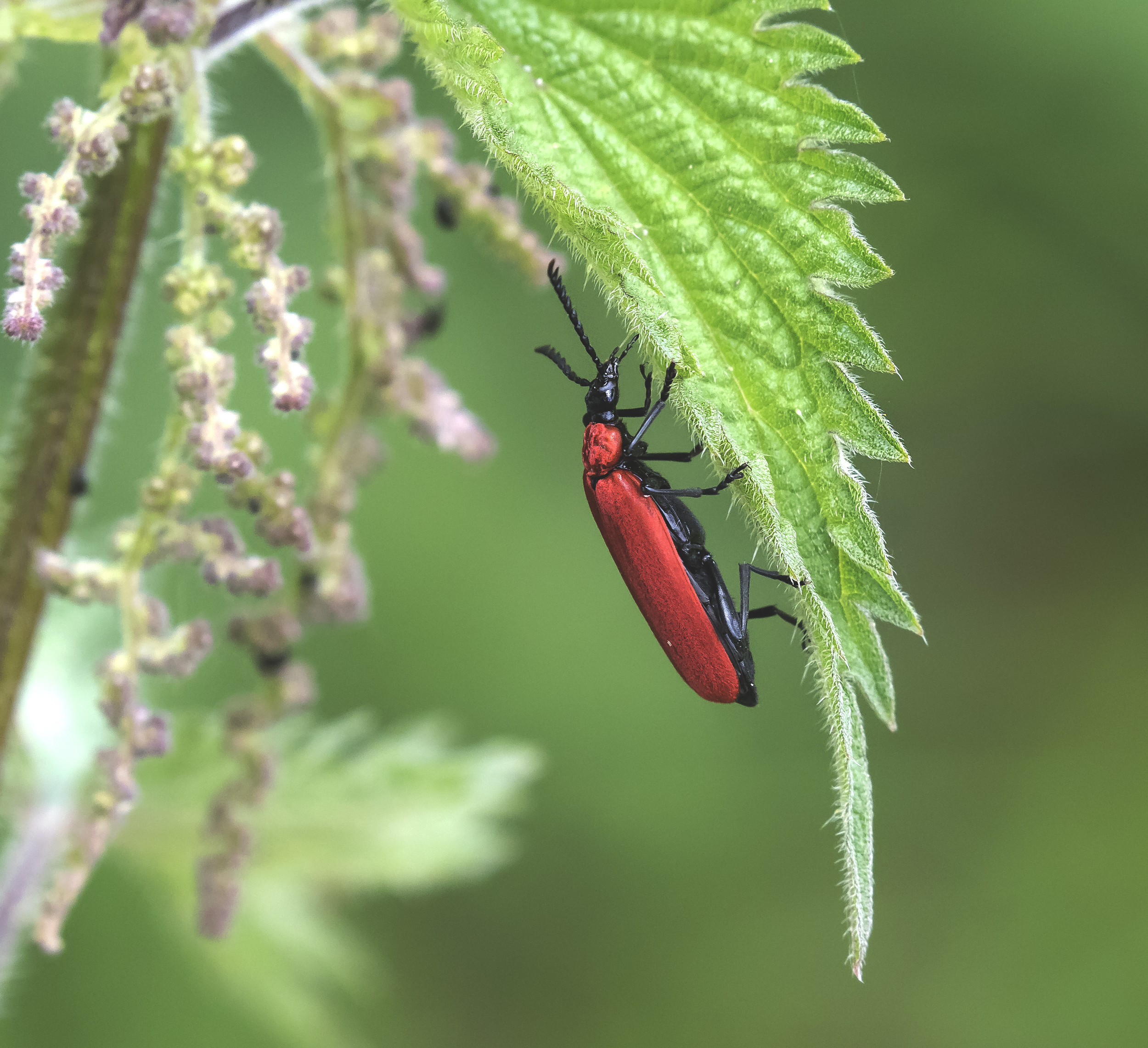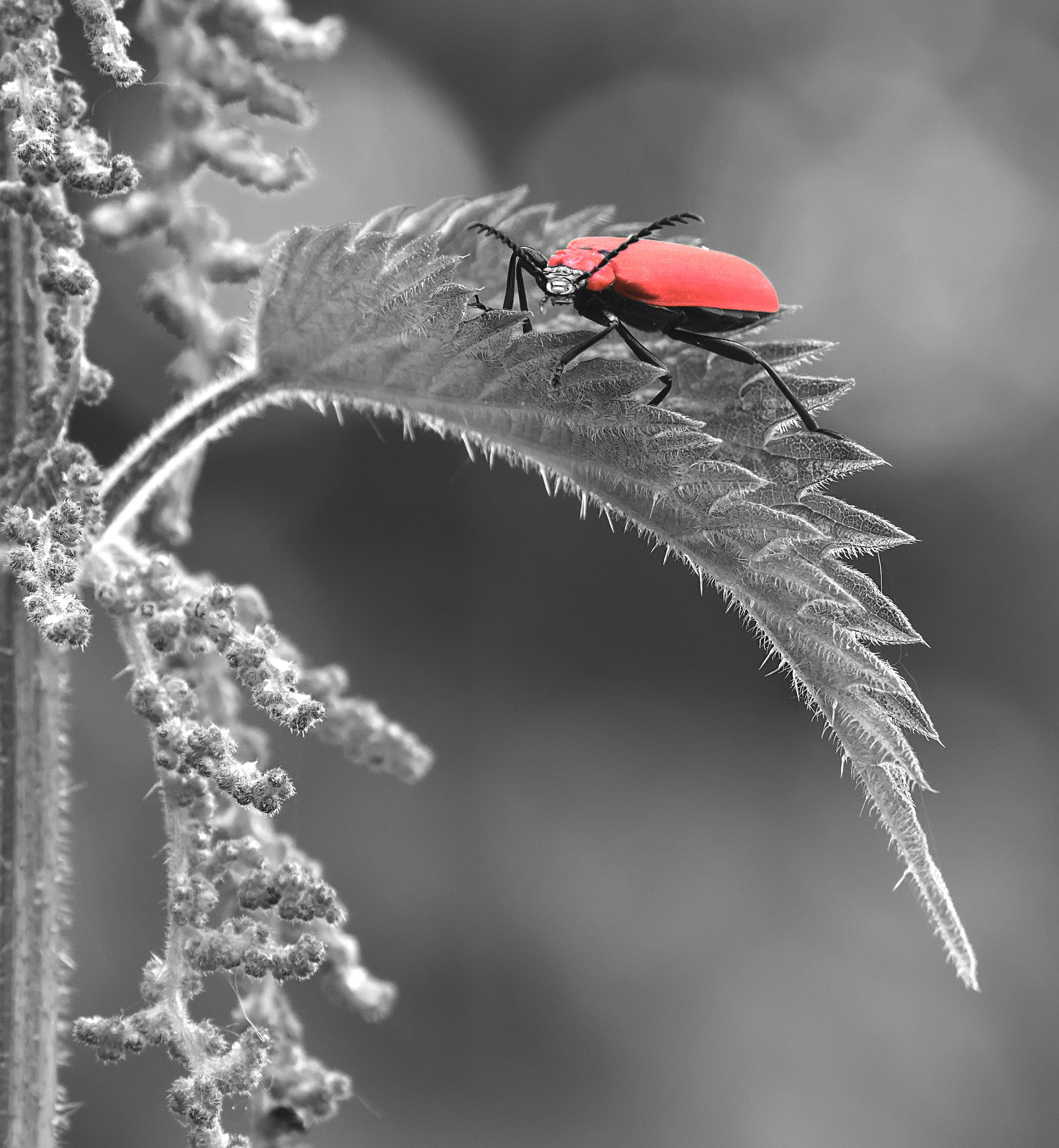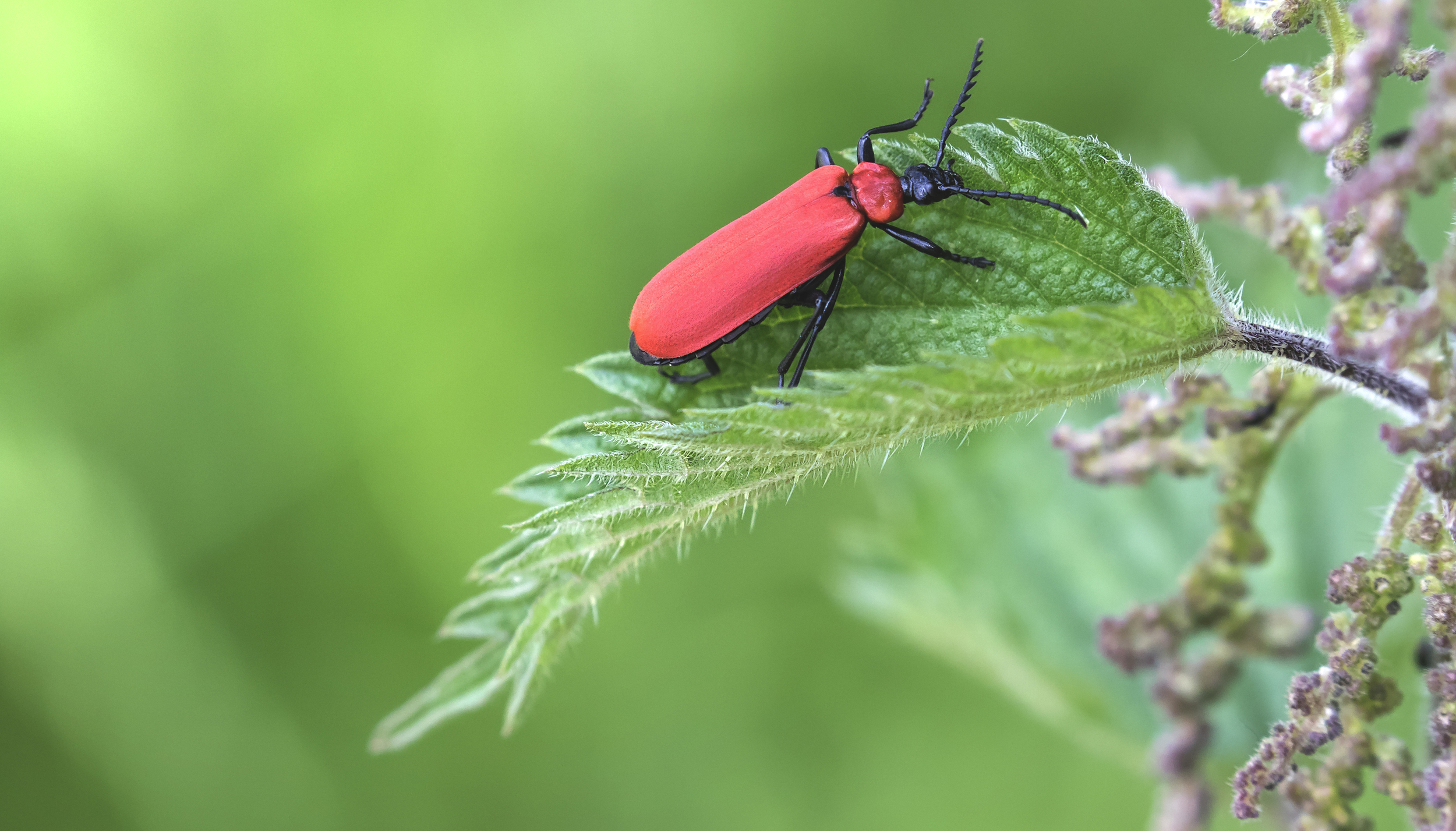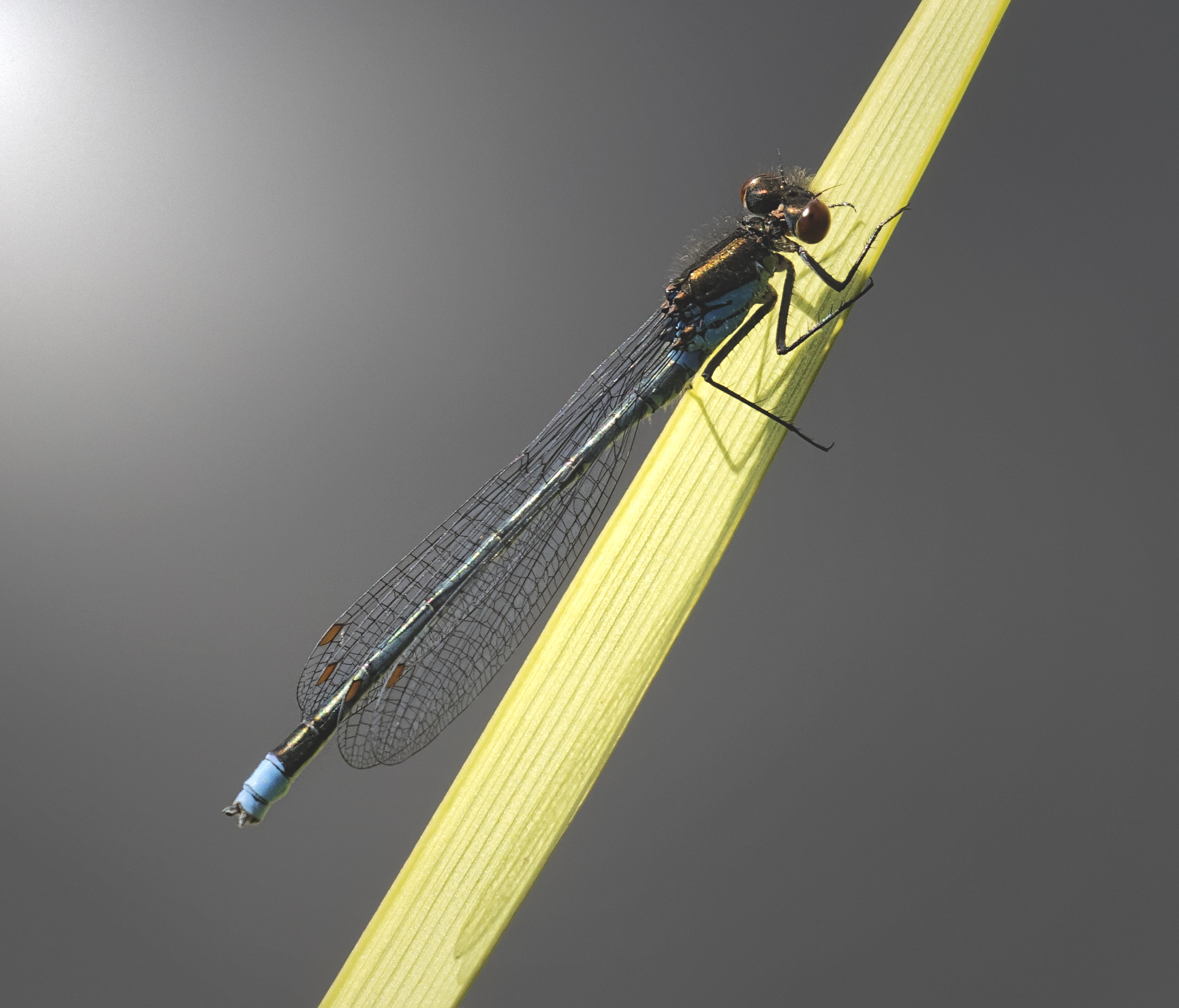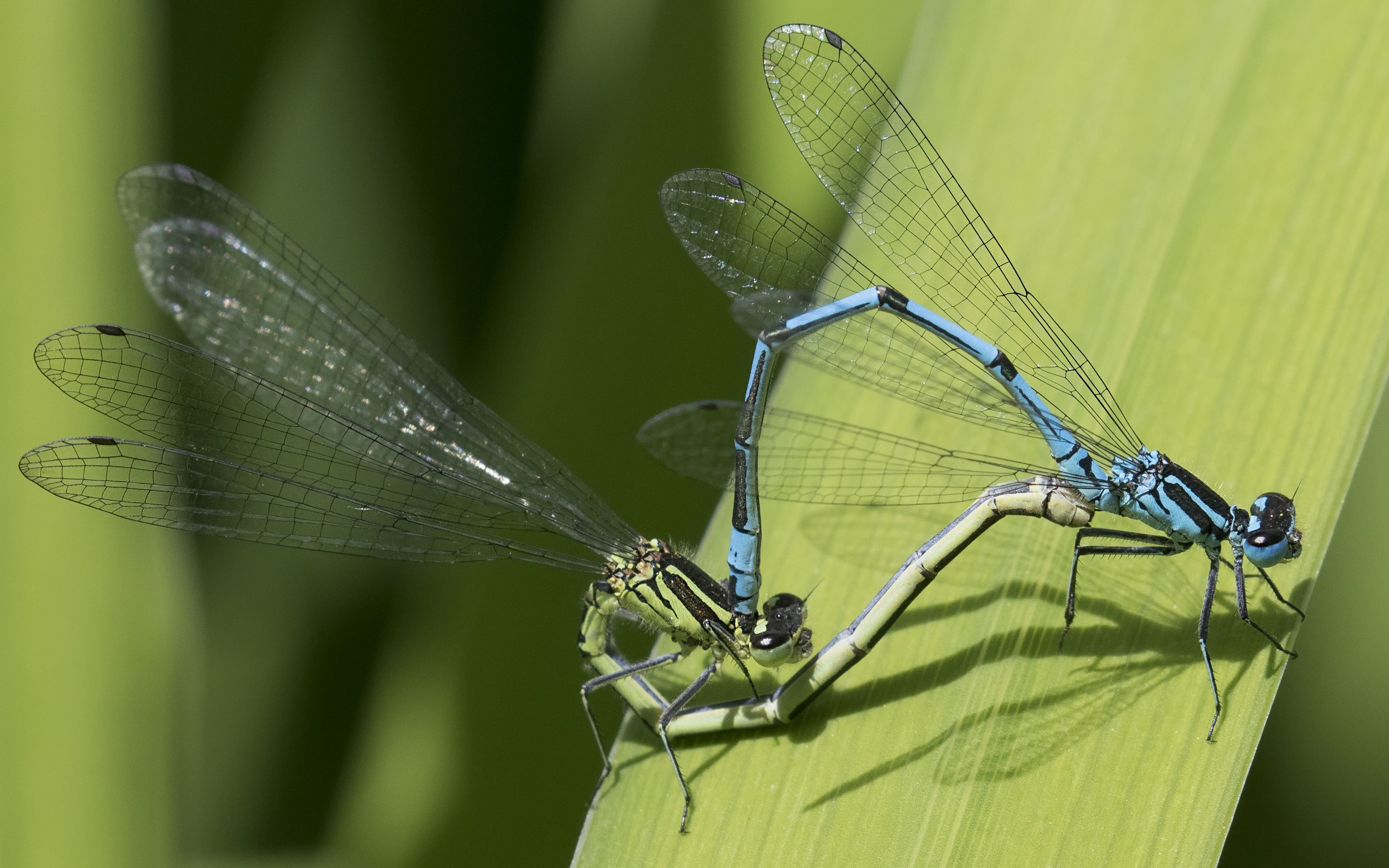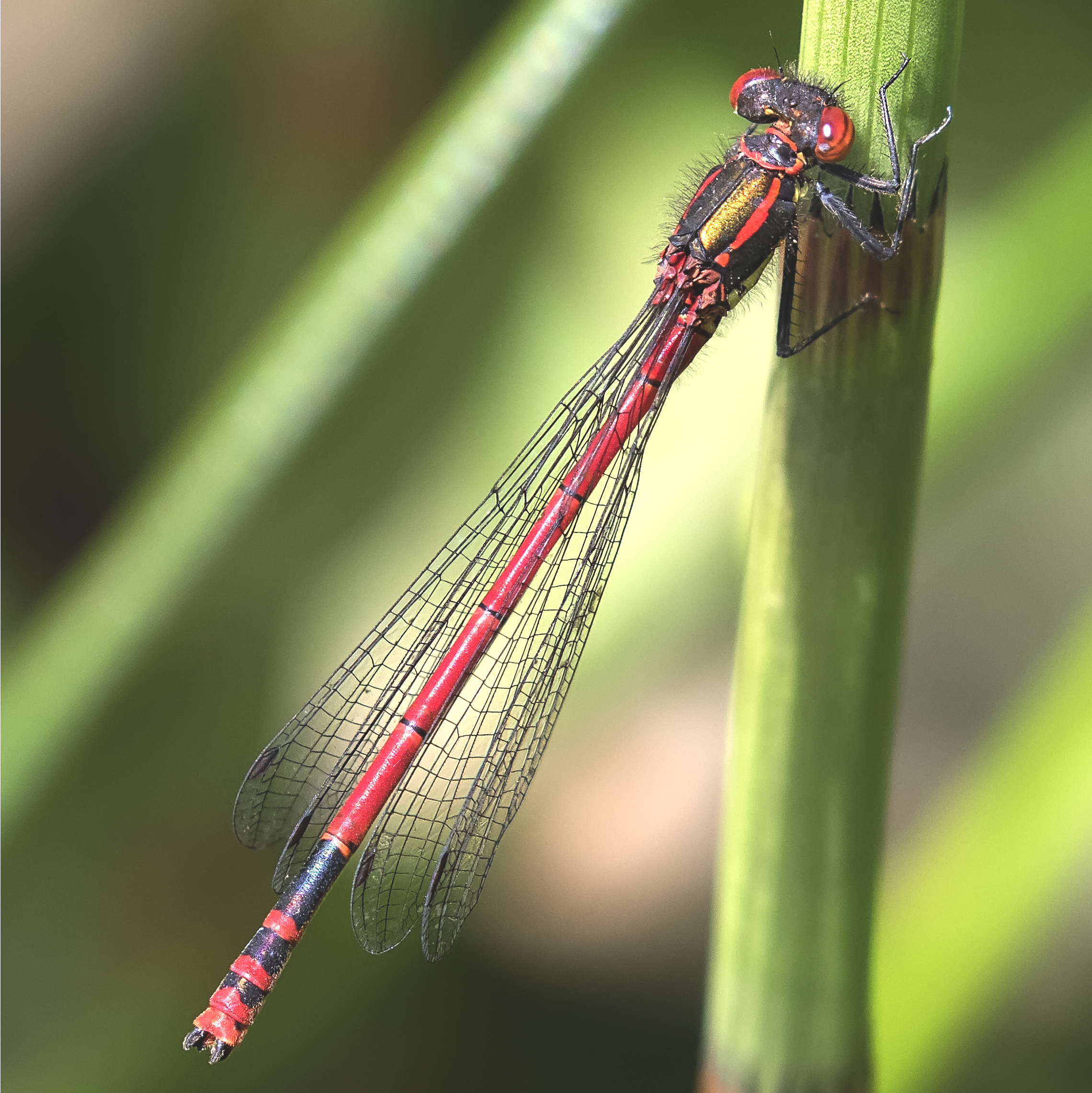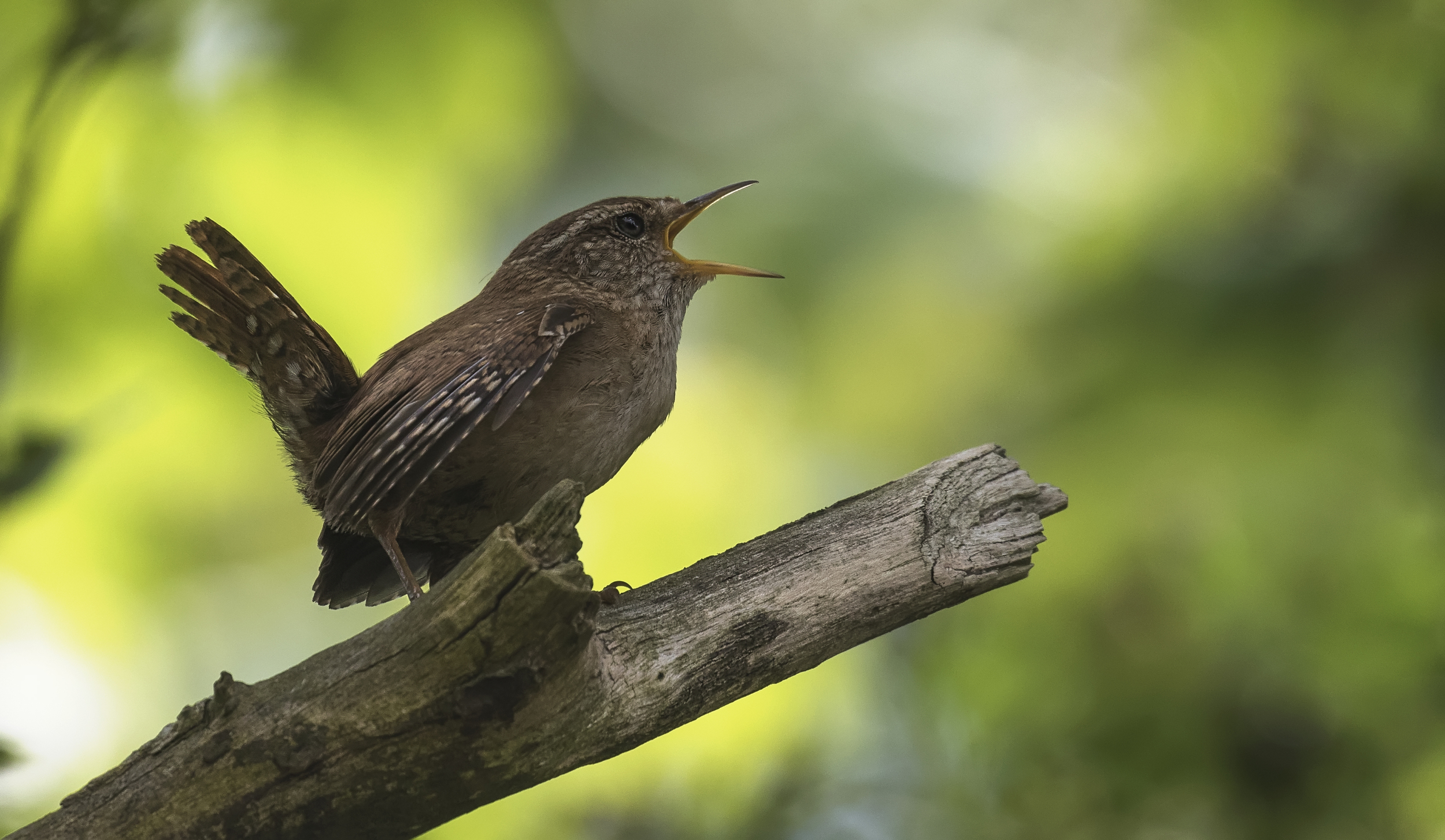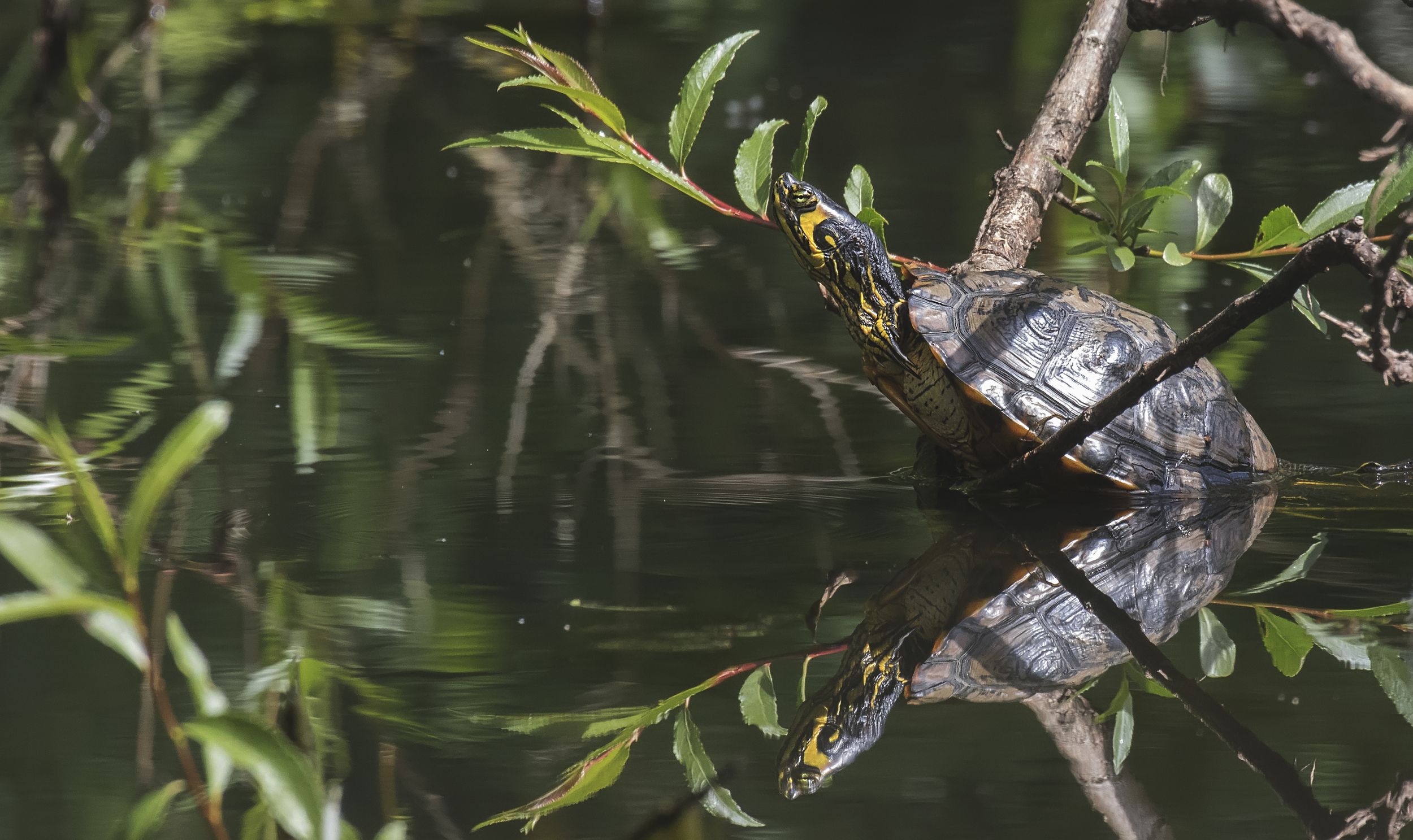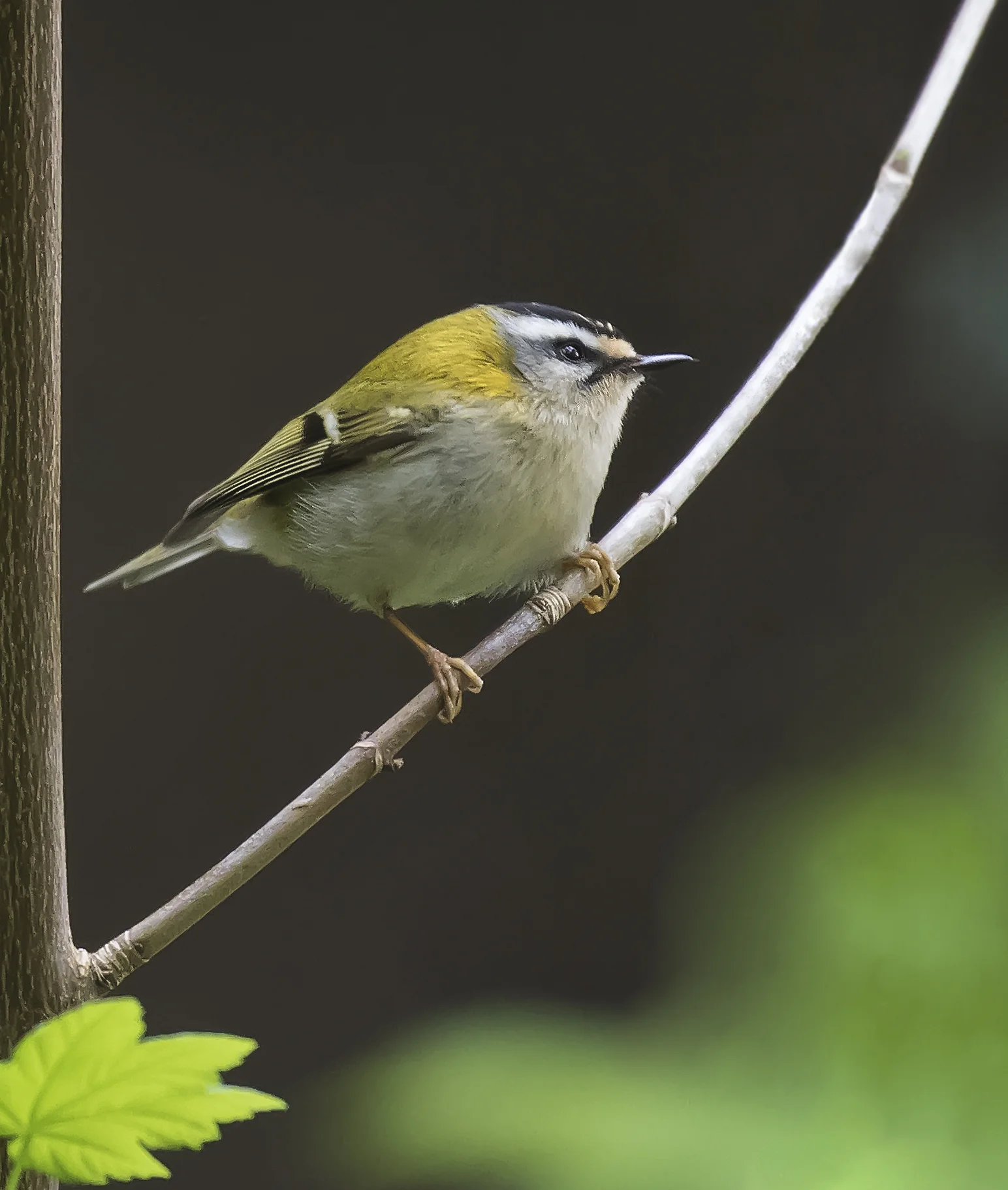I've spent a lot of time at Llandegfedd this month so far for many reasons. What with the sun being out in the last couple of days, I saw the opportunity to record this years Butterflies and also wanted to check up on the Tawny Owls as I've been worried about their success this year compared to last year where they only managed to raise 1 chick. Well, I can happily report that they managed to raise 2 chicks that have since fledged and are up in a very tall oak tree. Prior to this sun, we actually had some really bad rain which effected many of our breeding birds in the UK. I've had stories of failing Goshawks and lots of flooded Meadow Pipit nests so far so lets hope we have some dry weather for a week or so to get them back on the right track. As I mentioned in my previous post, I had a meeting with Welsh Water on the 5th and I'm so happy to report that the meeting was very positive and though nothing is on paper yet, it looks like Welsh Water will accept the help of Gwent Wildlife Trust and work in partnership so improve/maintain the wildlife requirements onsite. This is exactly what I've been working hard for in the last 2 years since I started 'Llandegfedd Res Wildlife Community' on Facebook. I just hope that things move along smoothly and all the legal/financial are sorted asap so that work can be done ready for next year. I also managed to spend an hour up Blaenserchan in search of the beautiful Small Pearl Bordered Fritillary and within 2 minutes of walking up the path from the main car park I was greeted by 4 PBF escaping the harsh winds. I certainly had luck on my side as for the rest of the trip I didn't see a single butterfly as the winds really took over and most were hunkered down.

